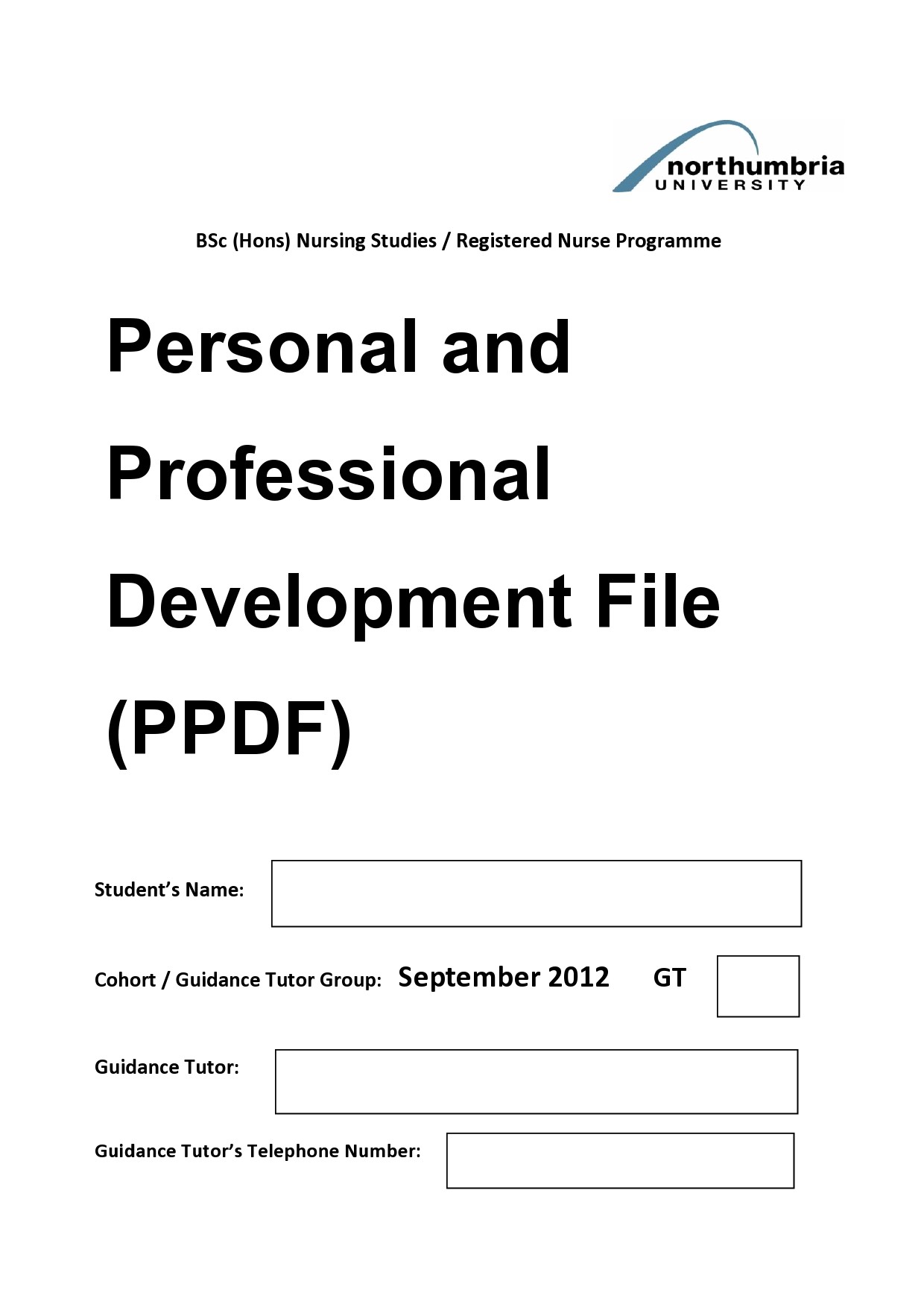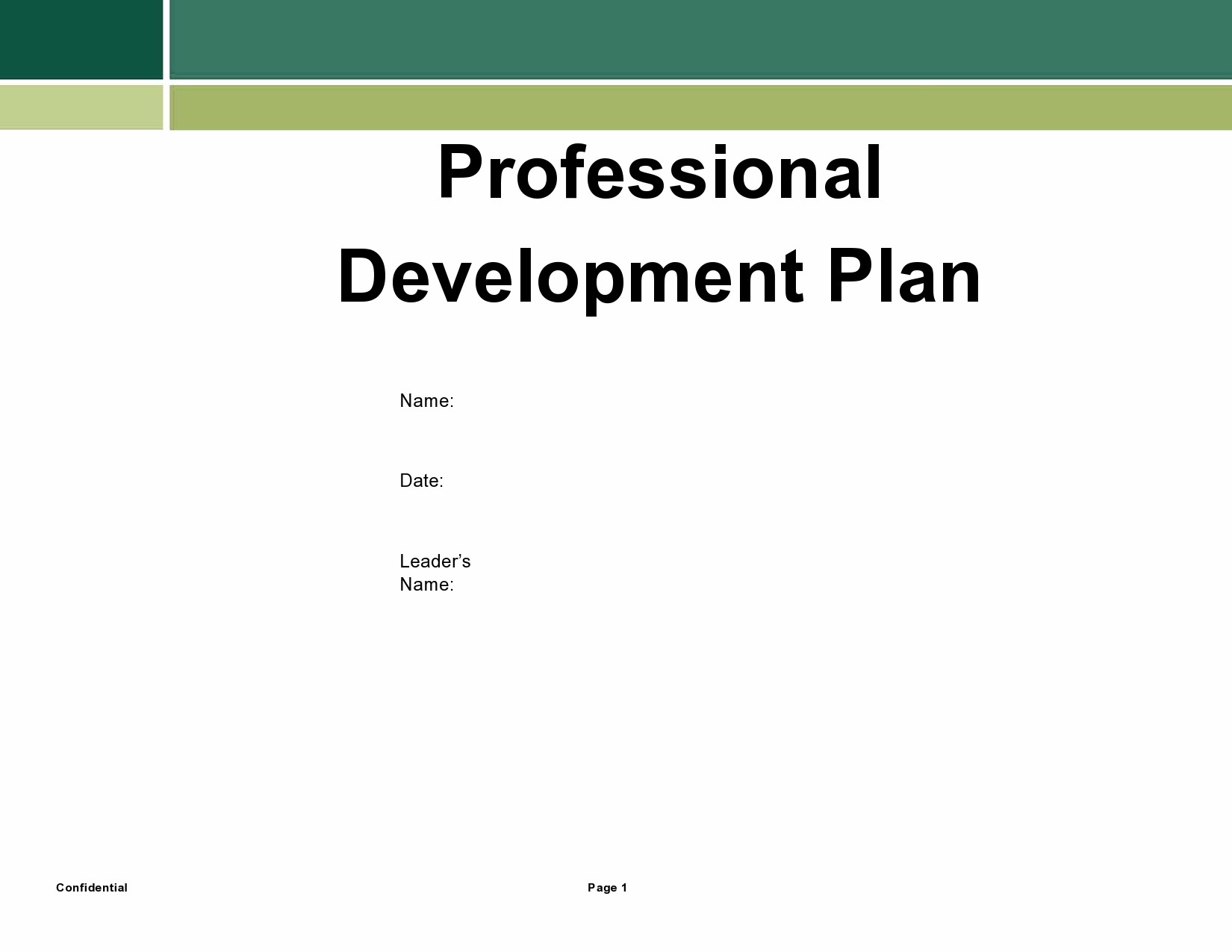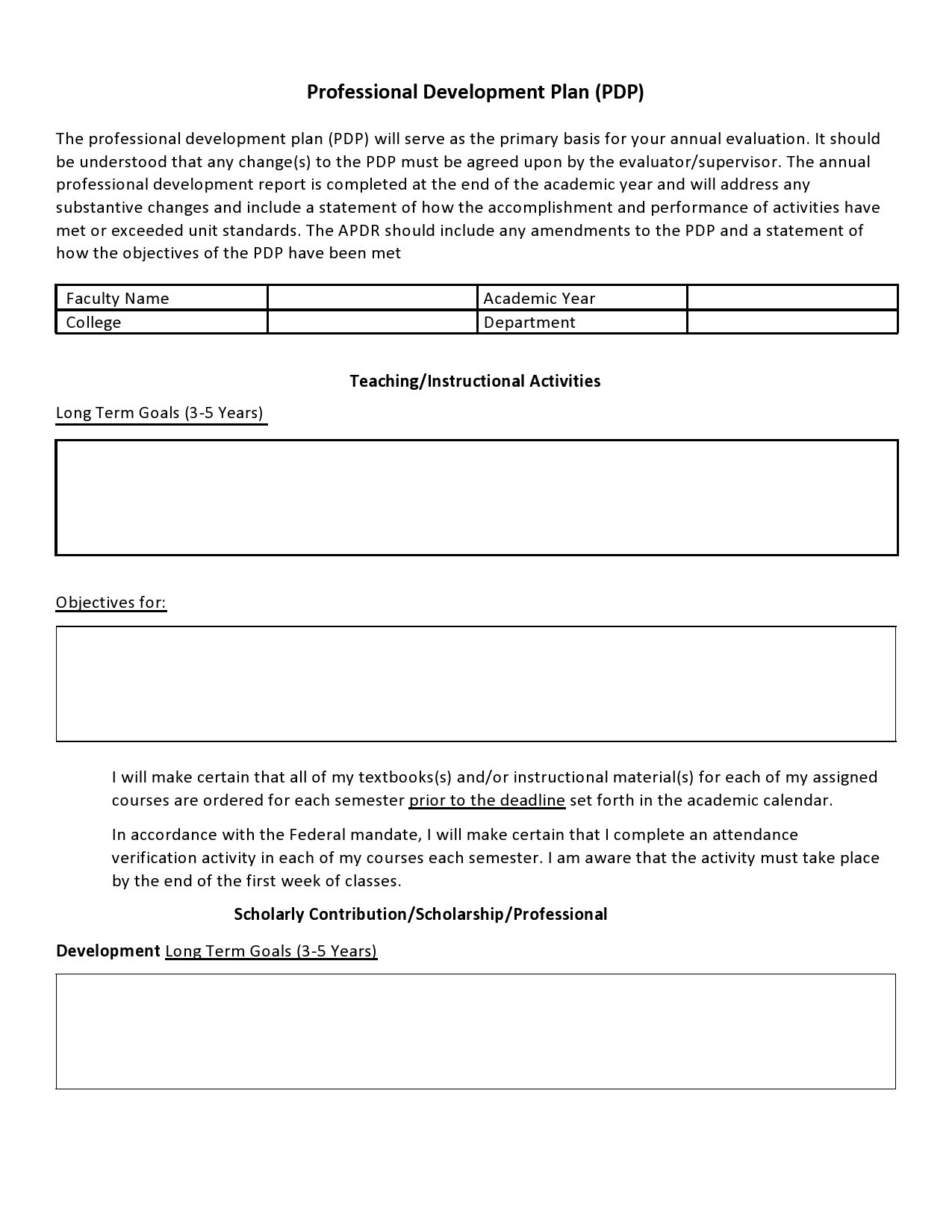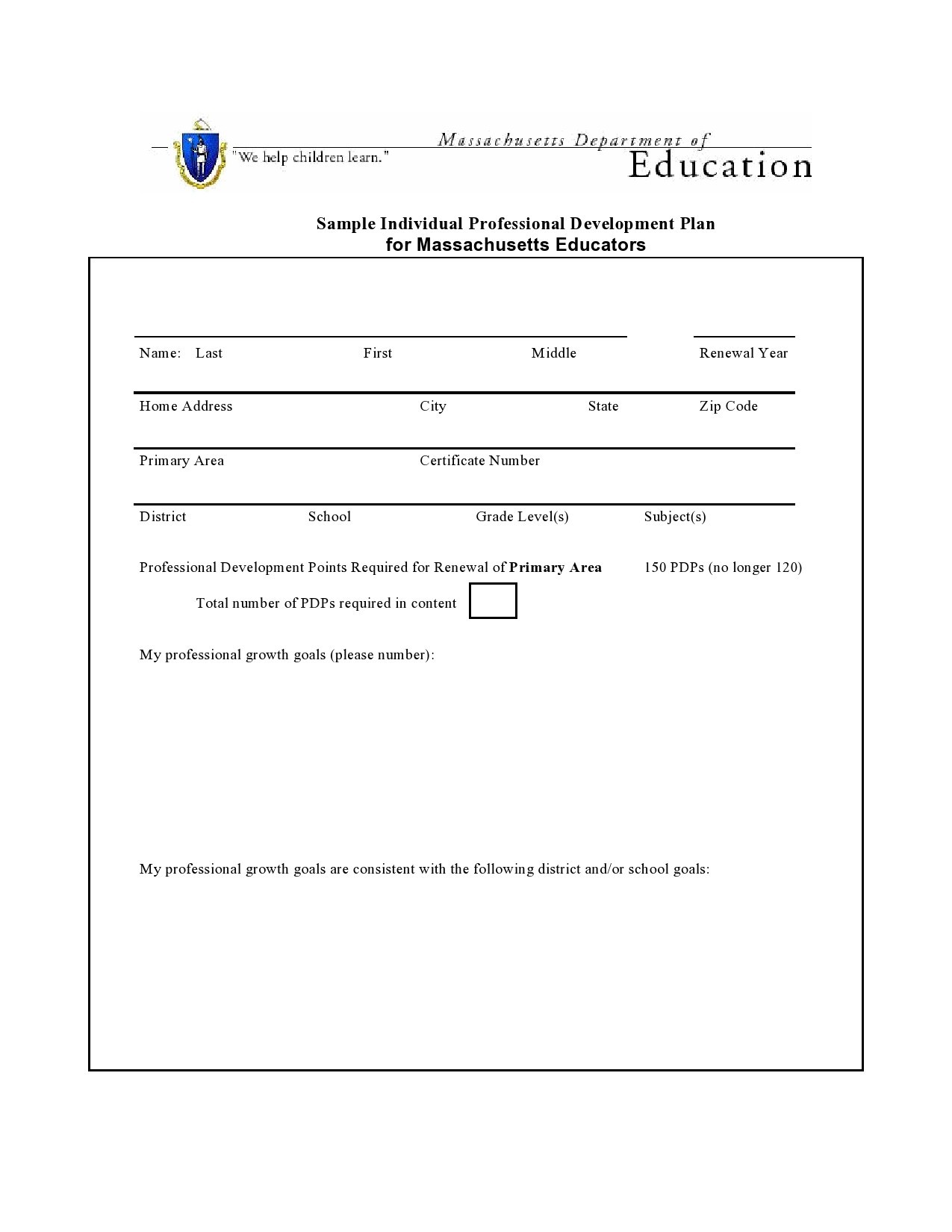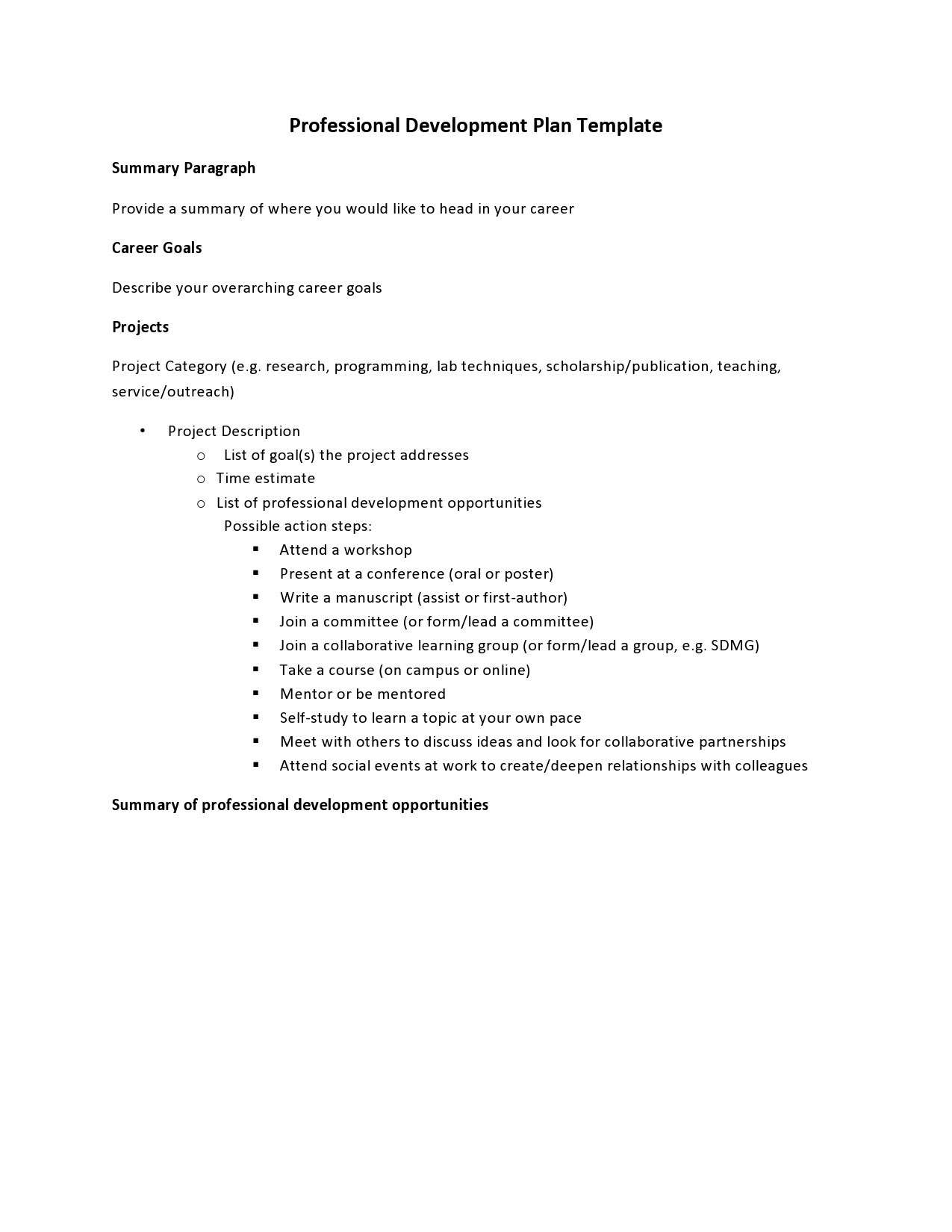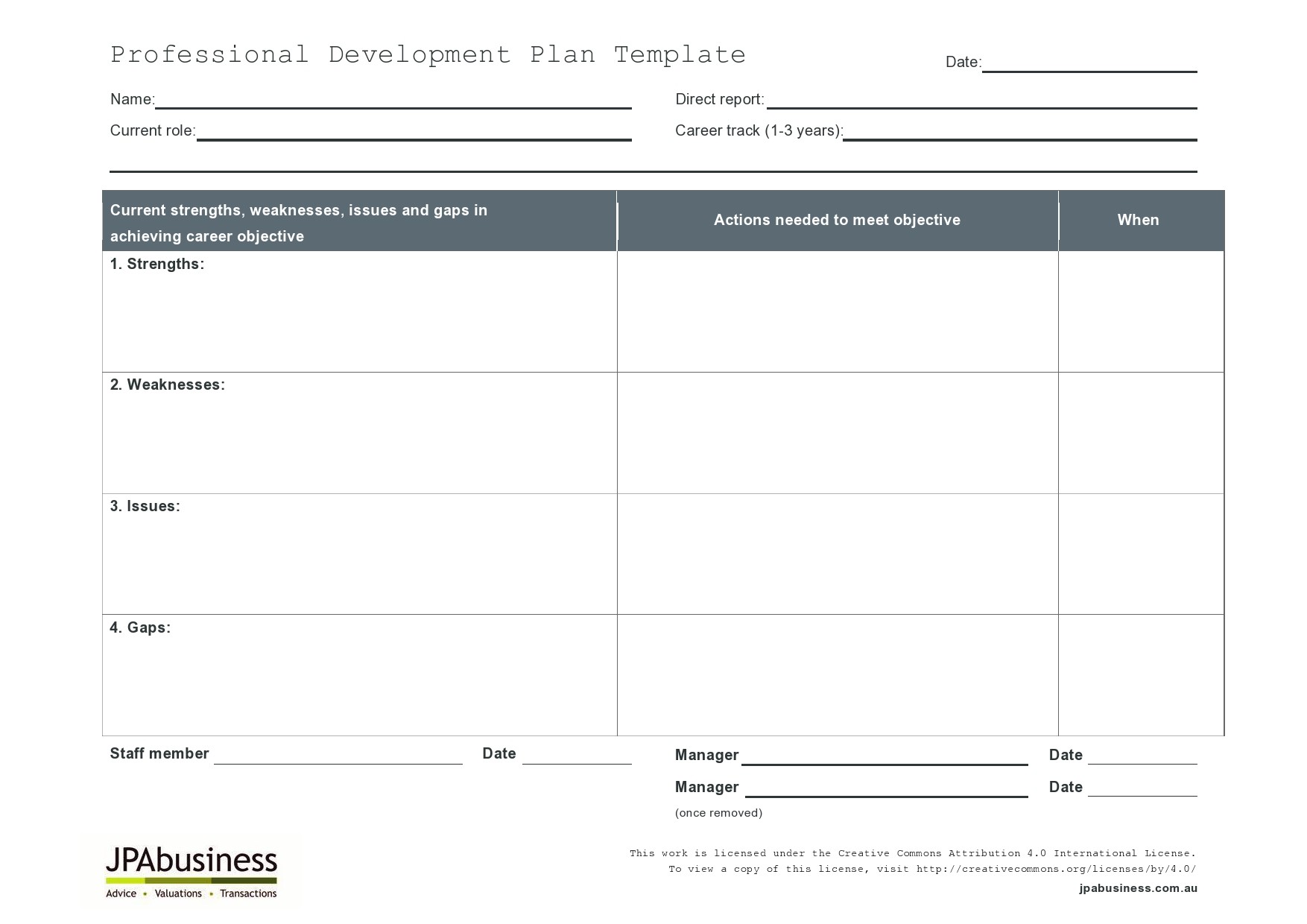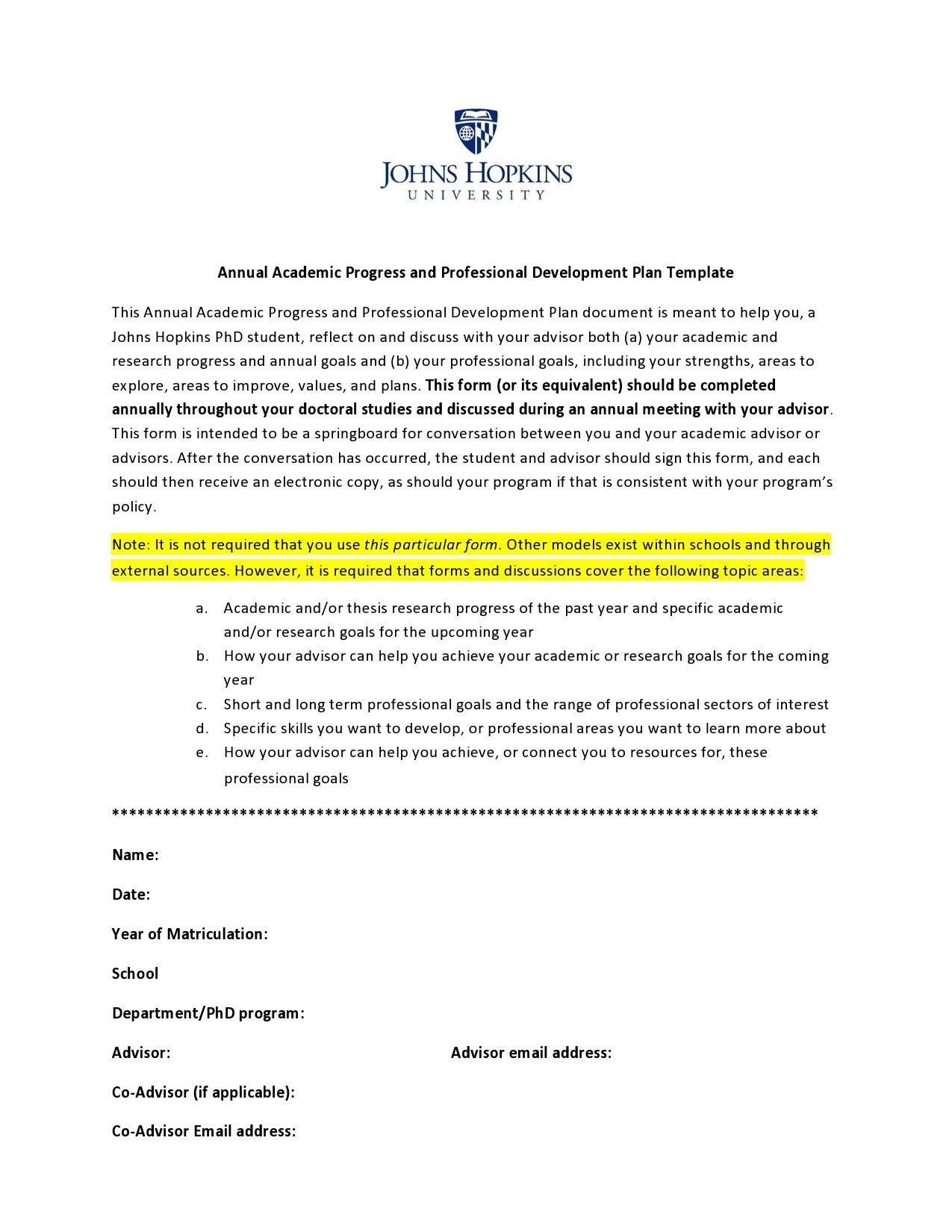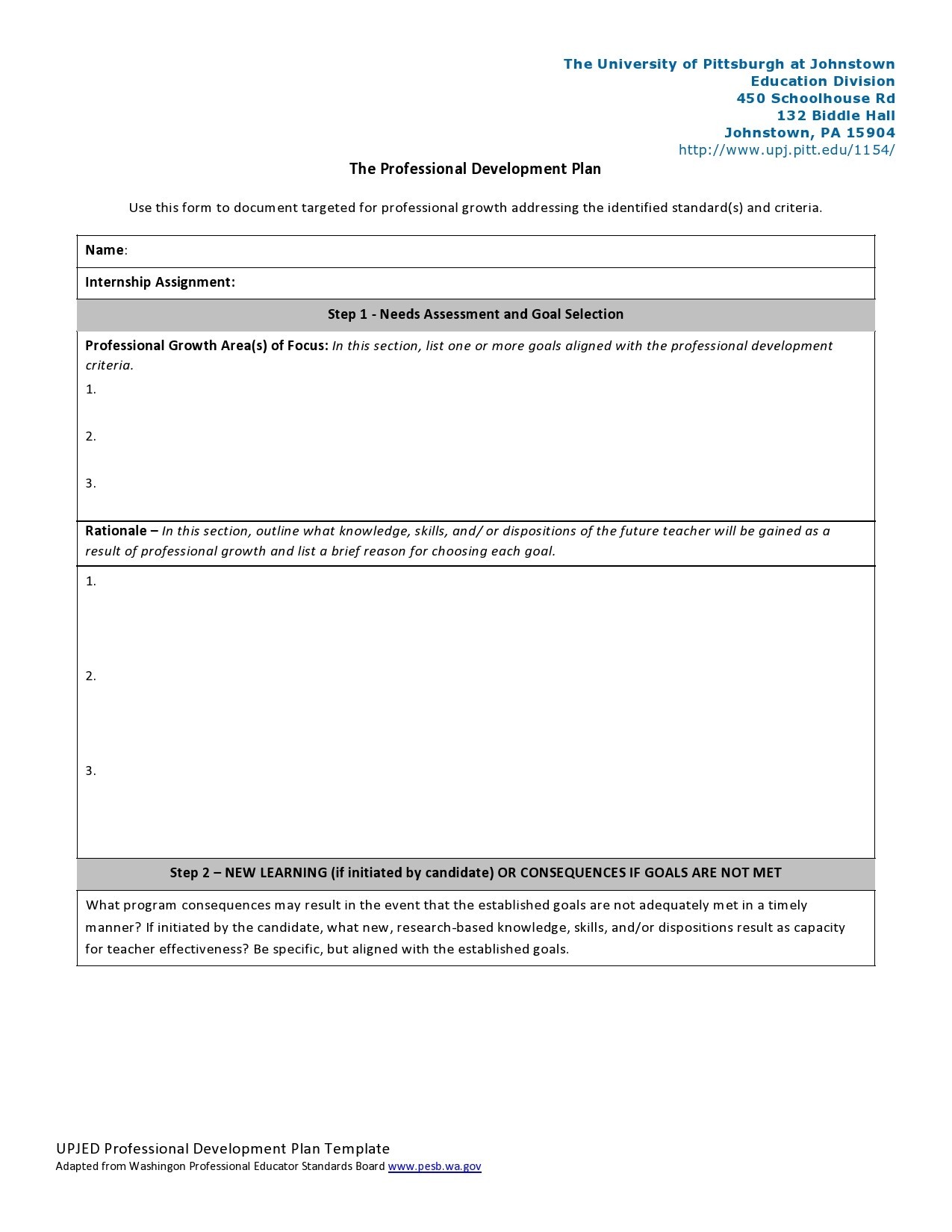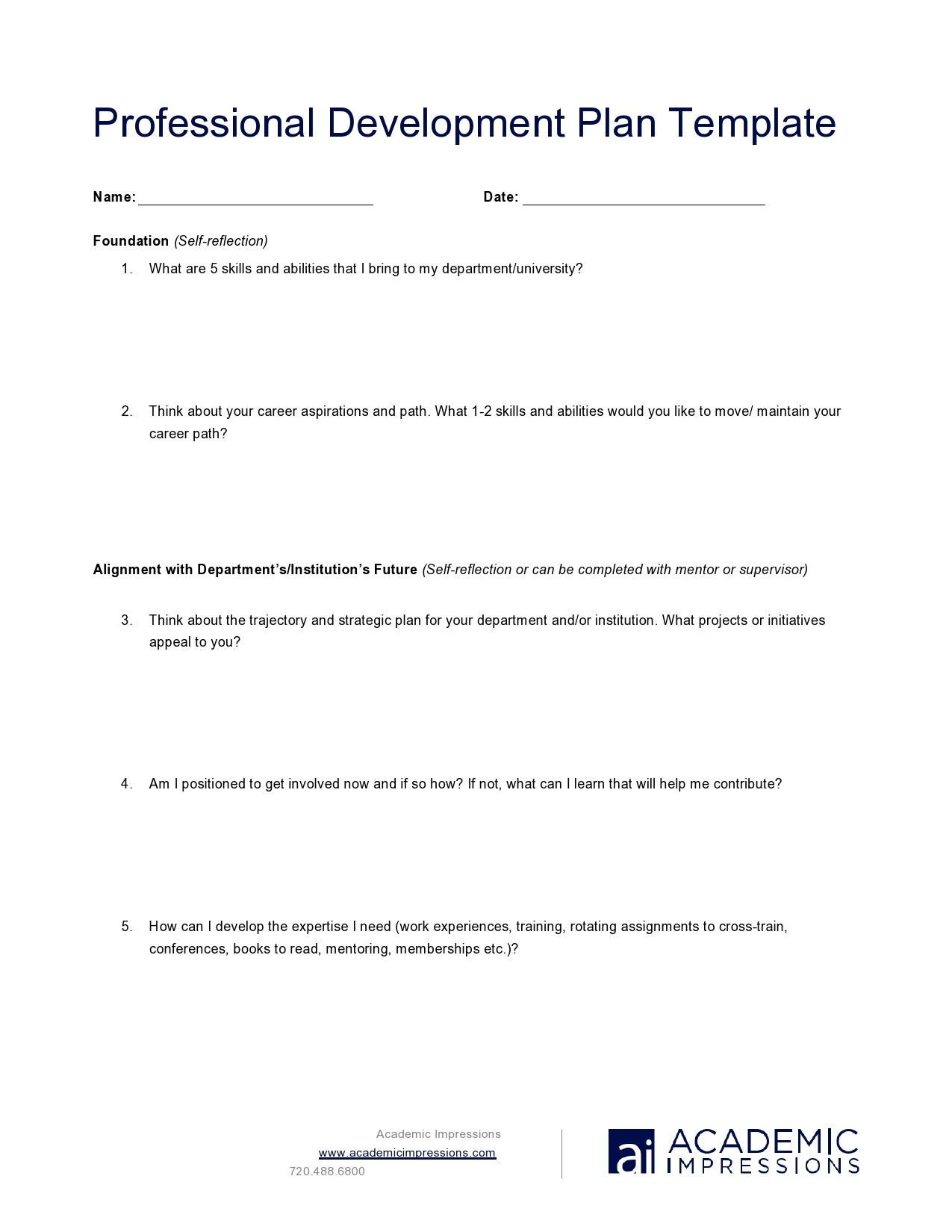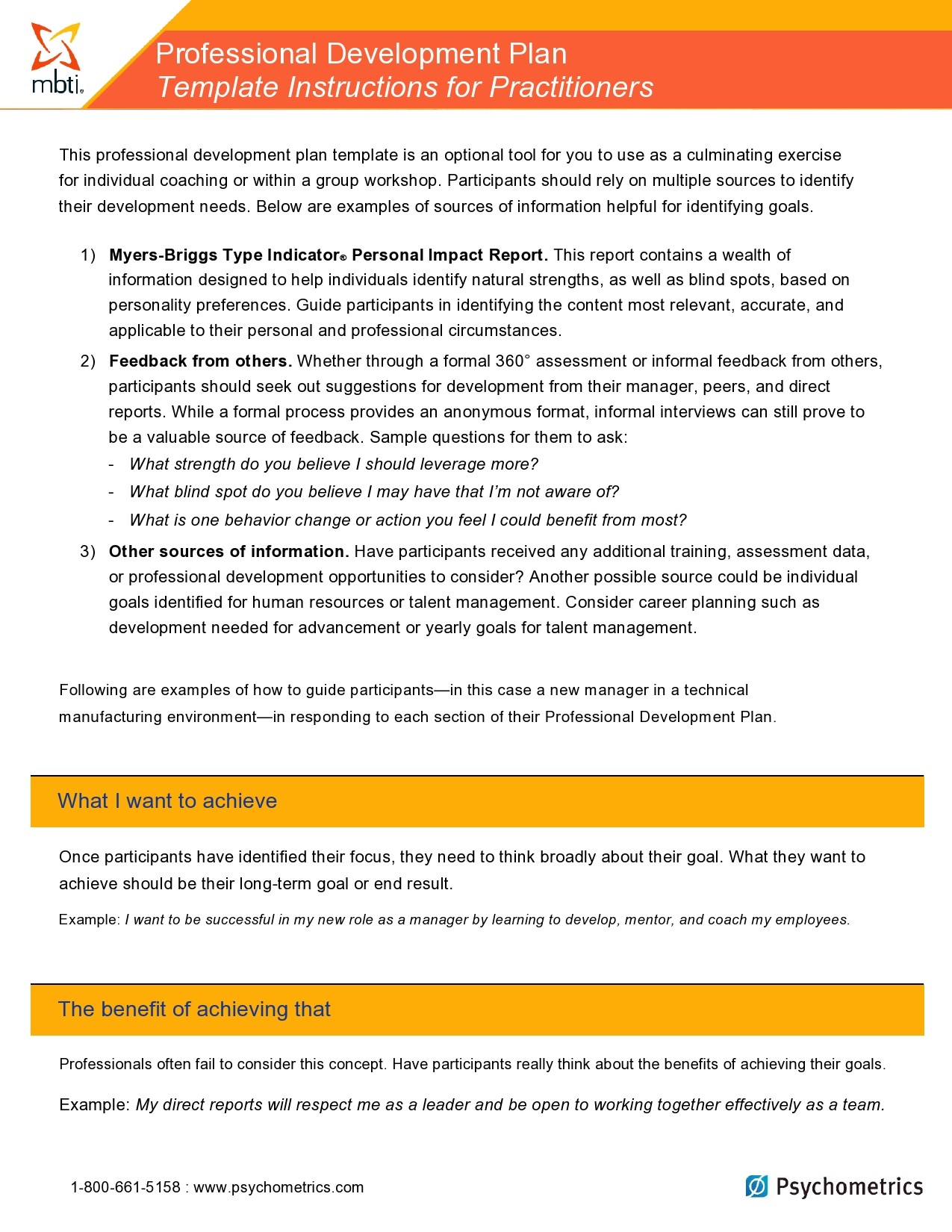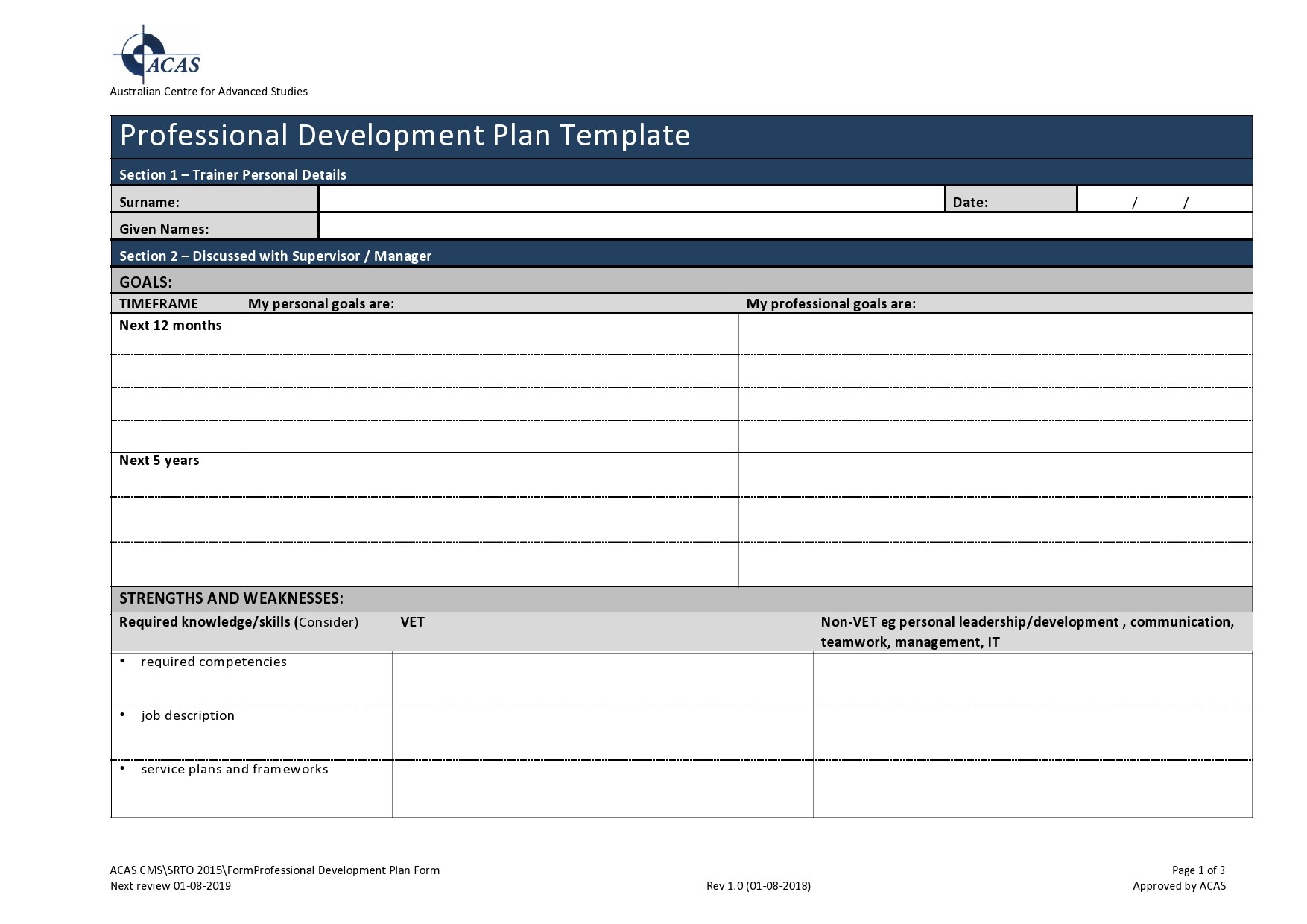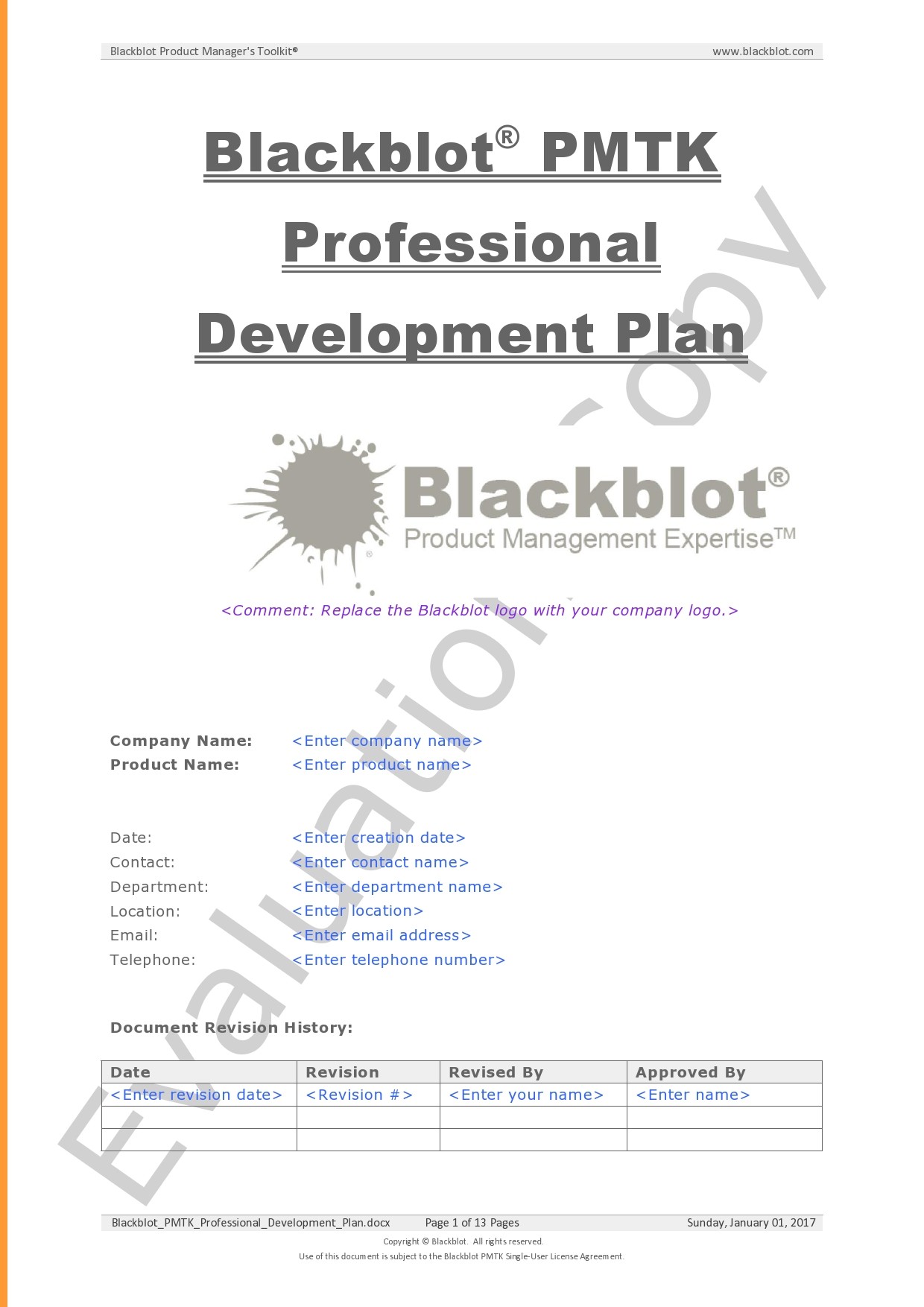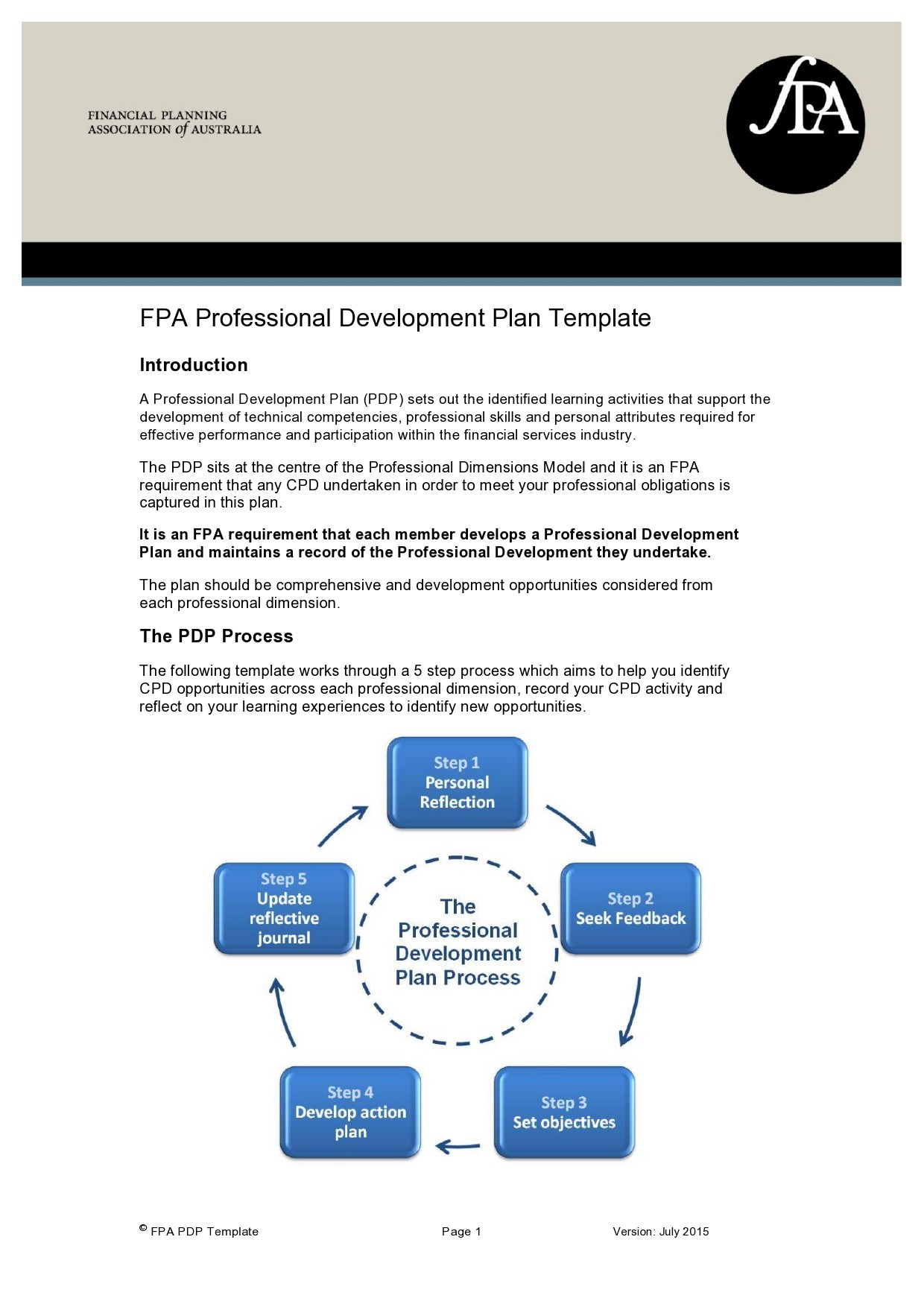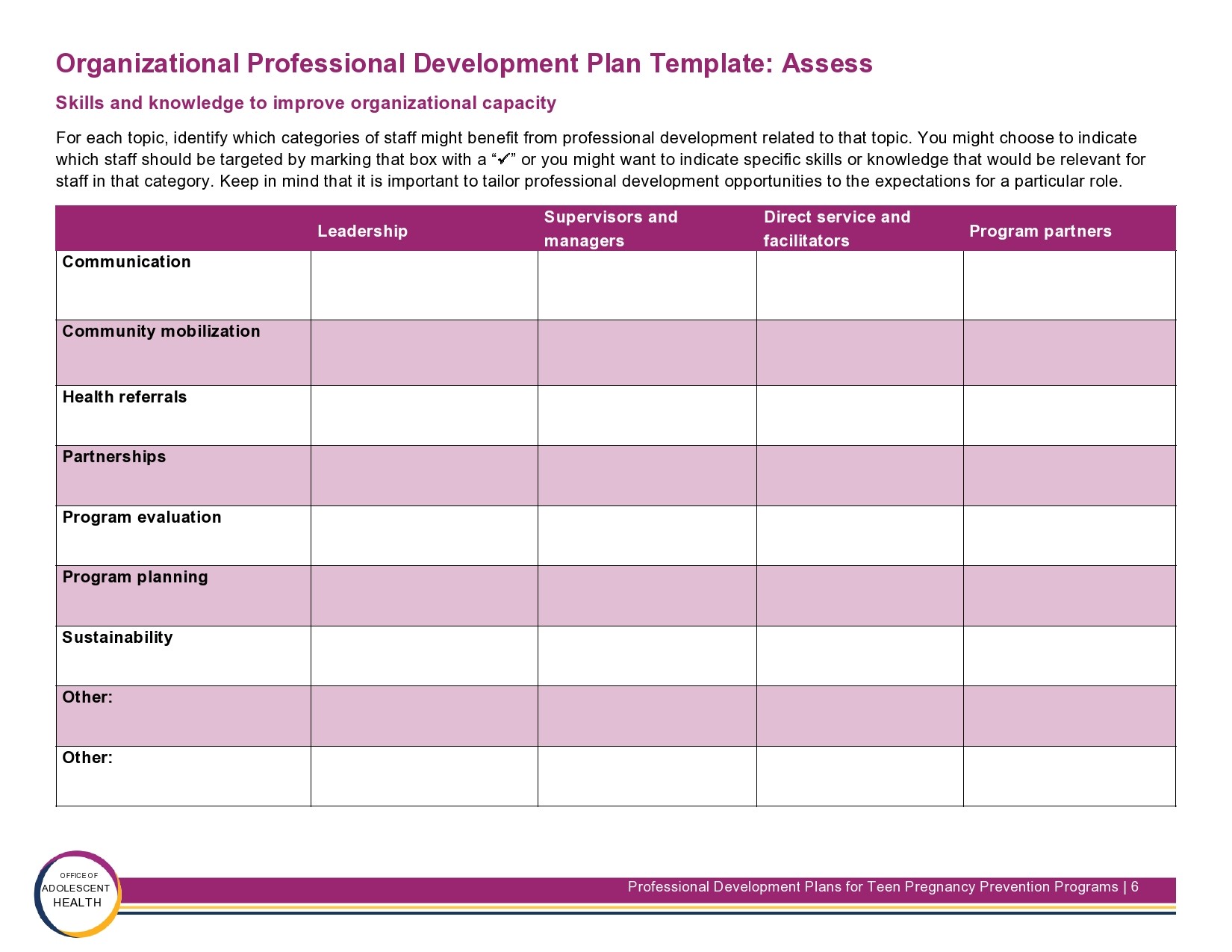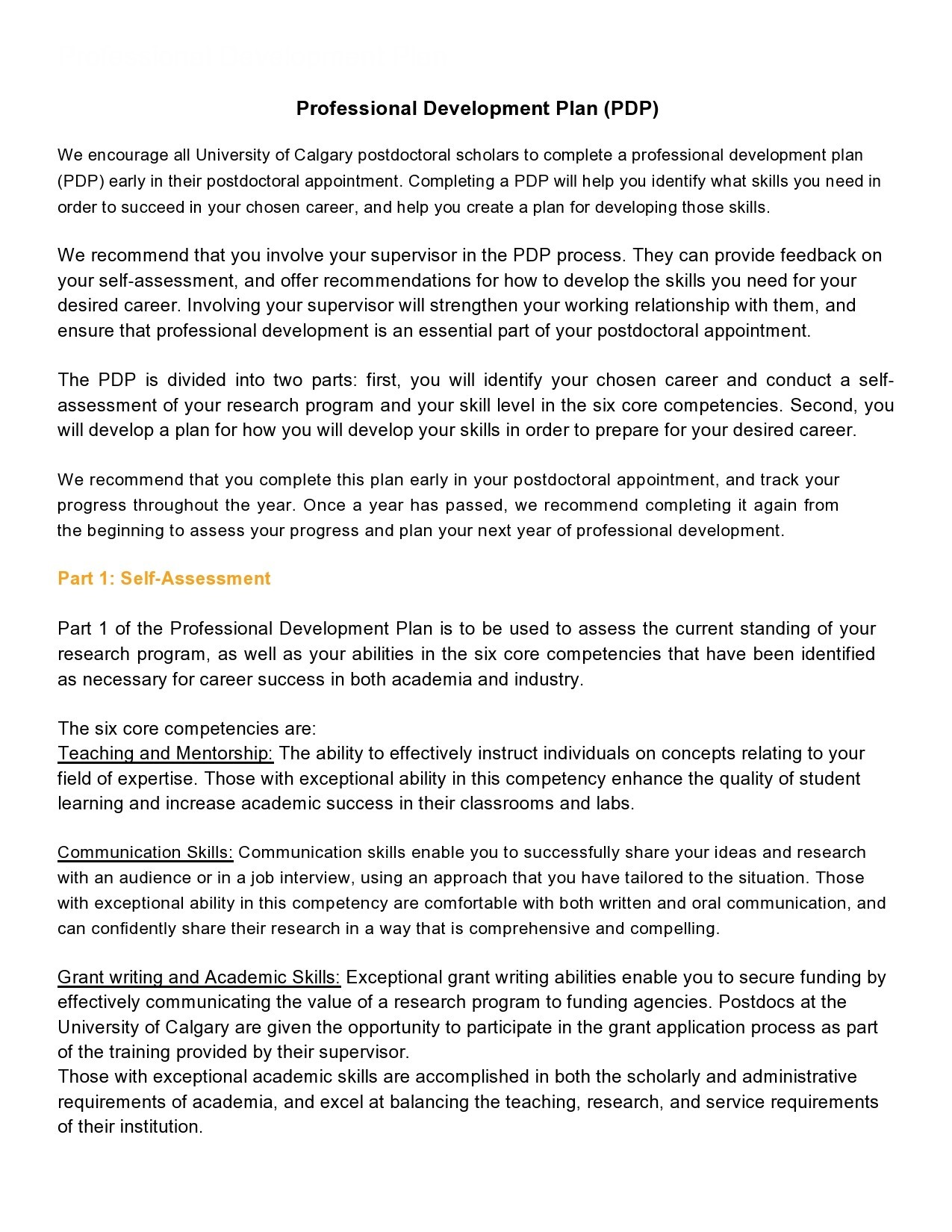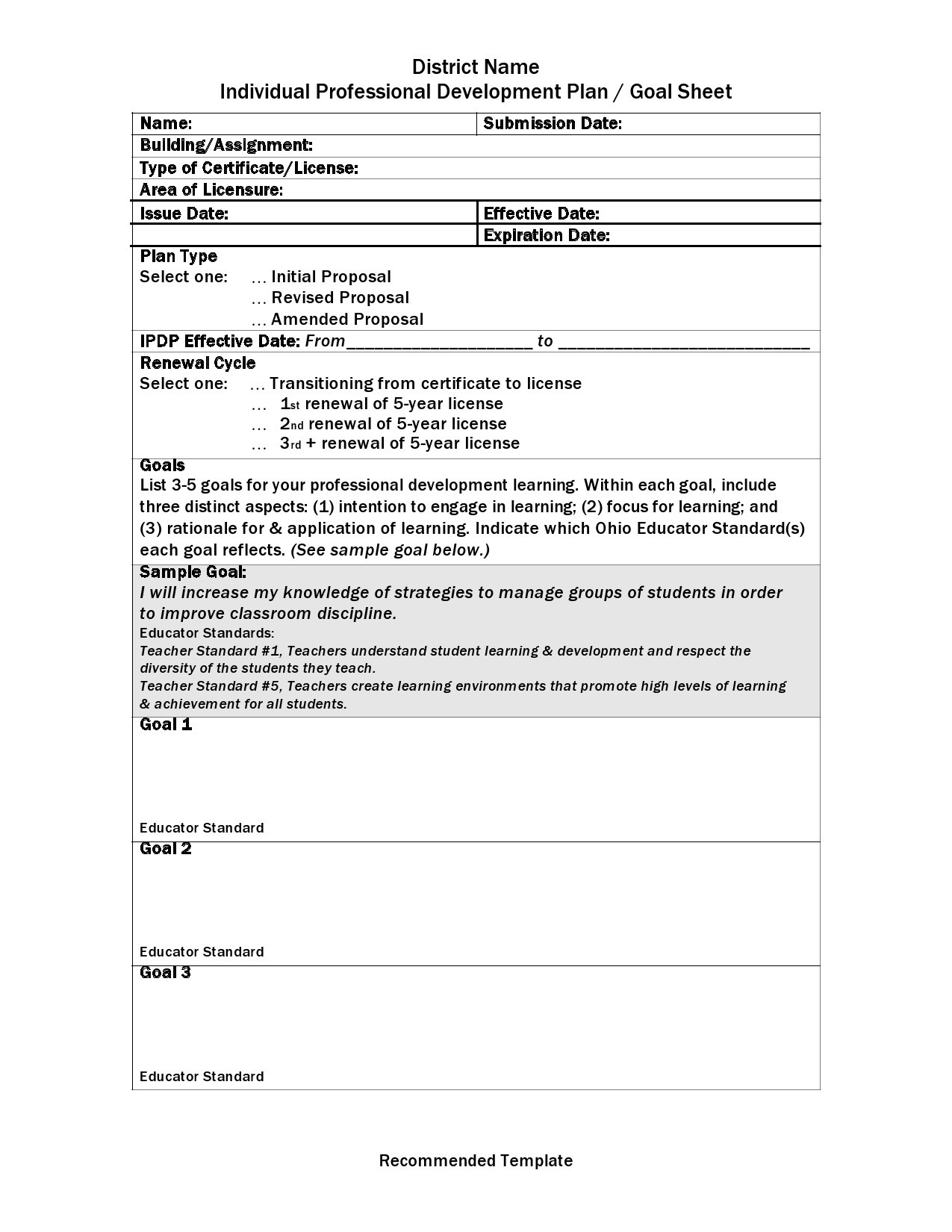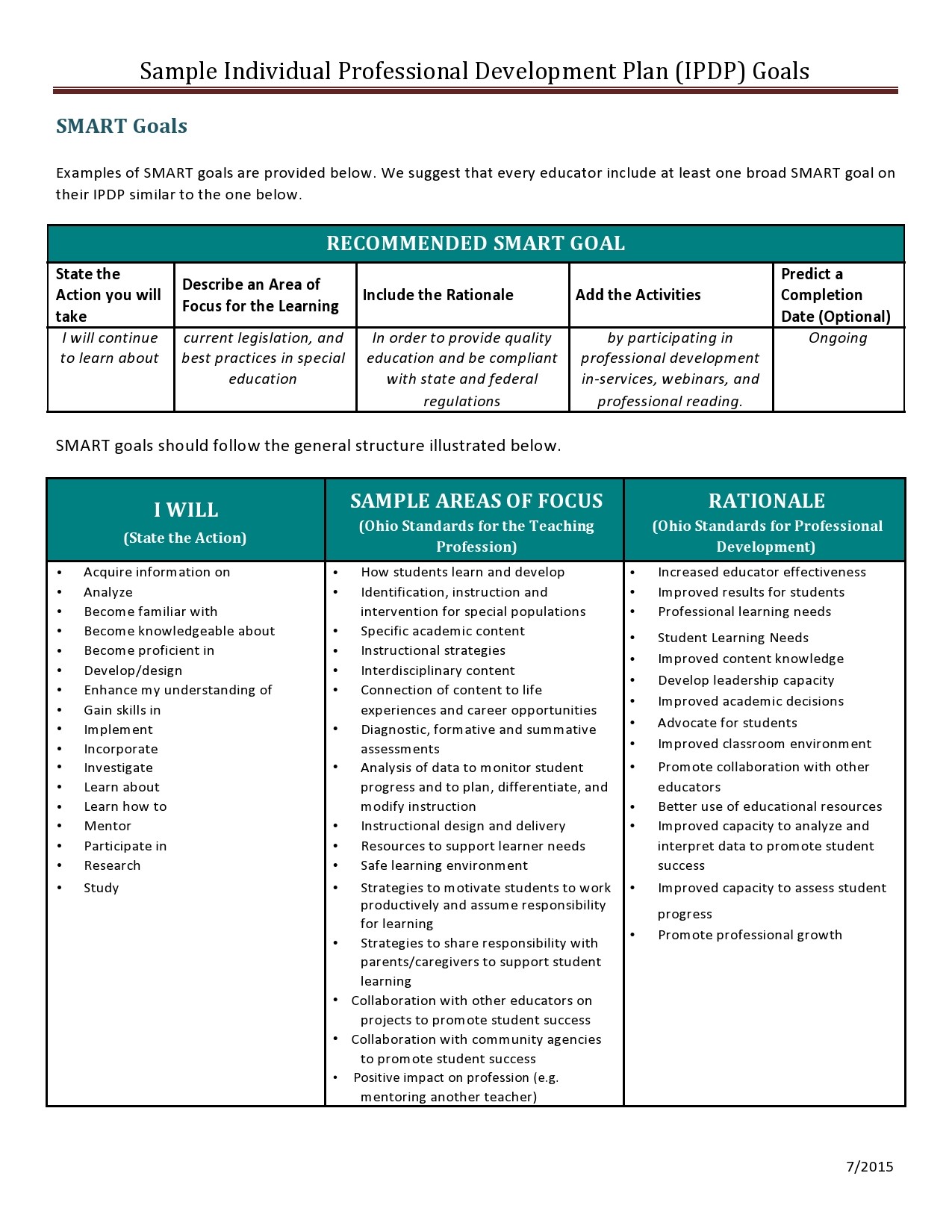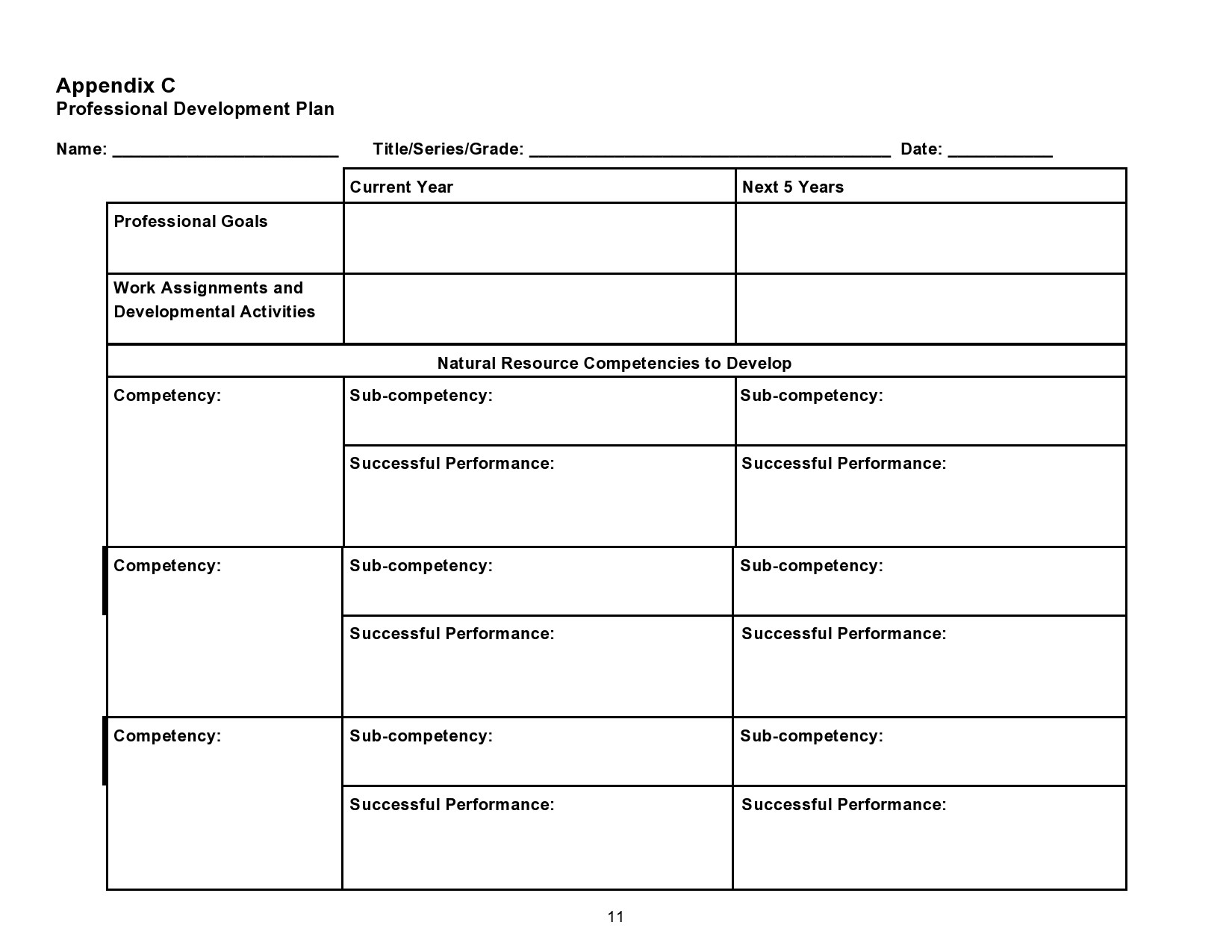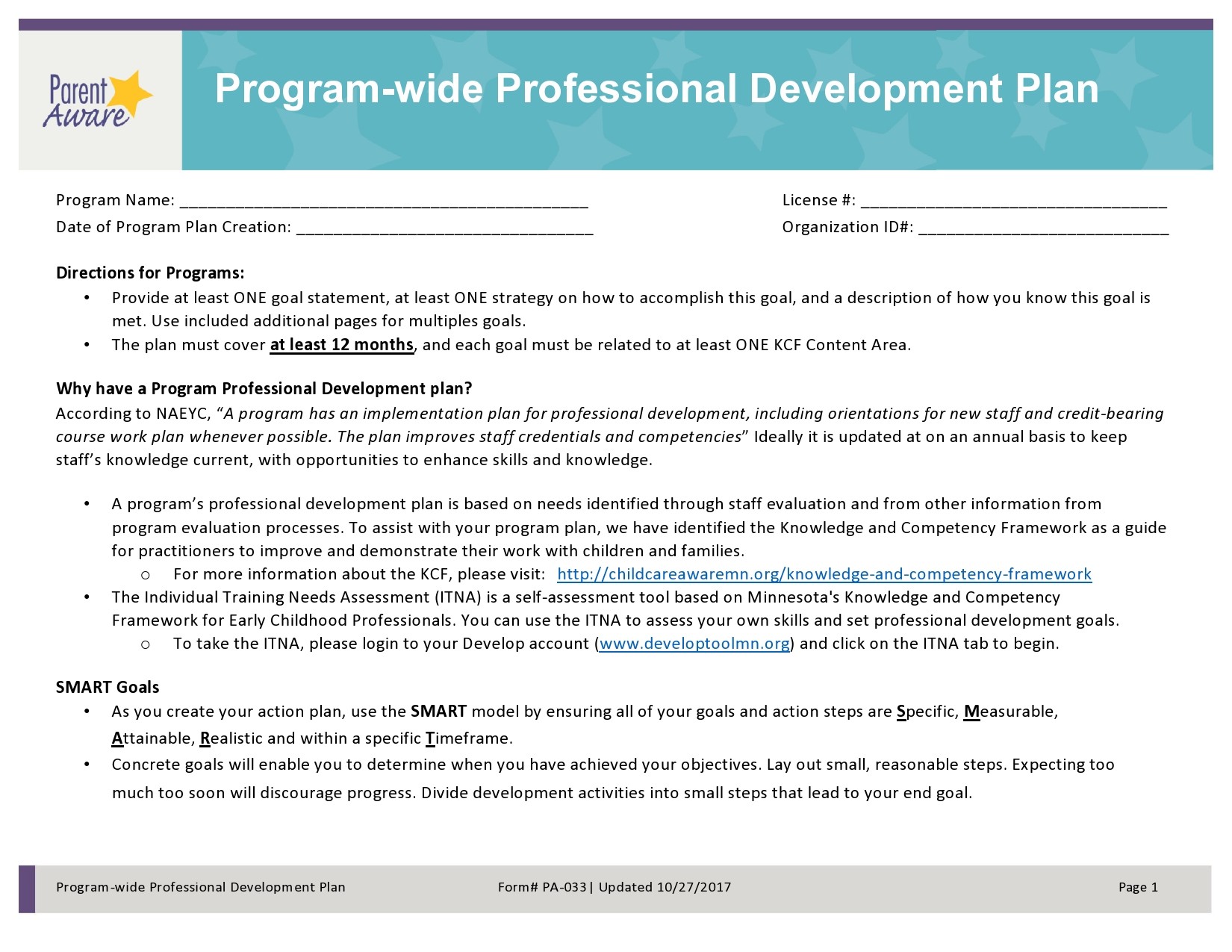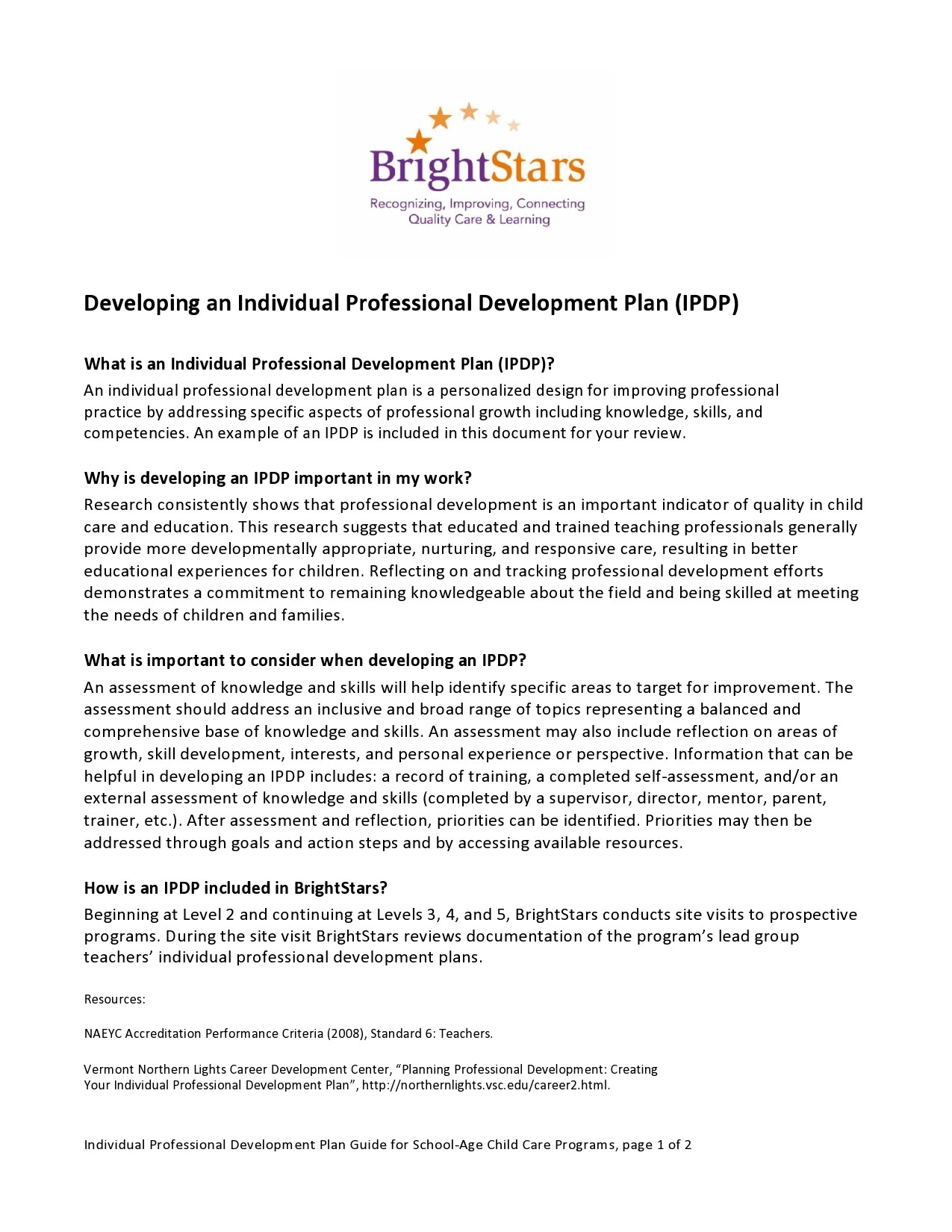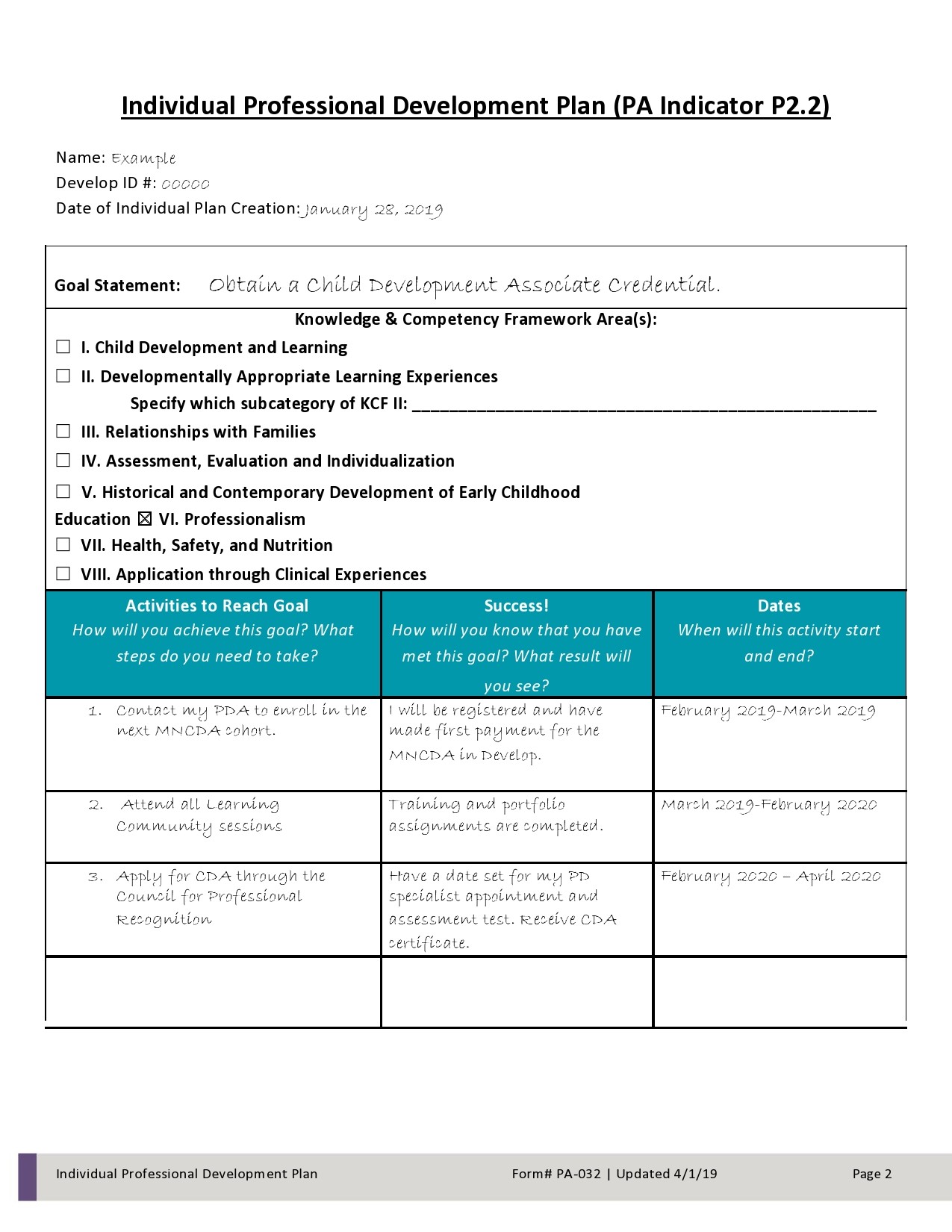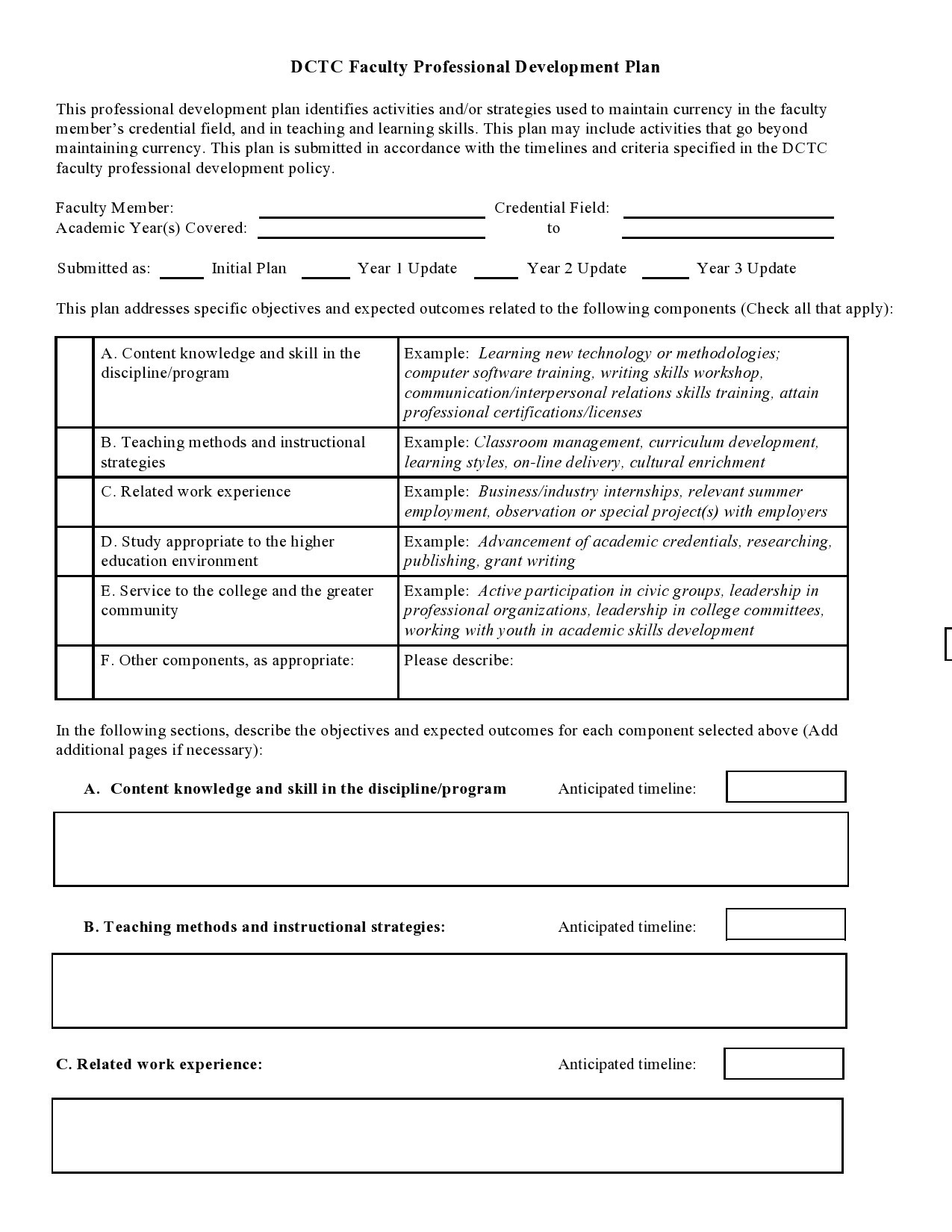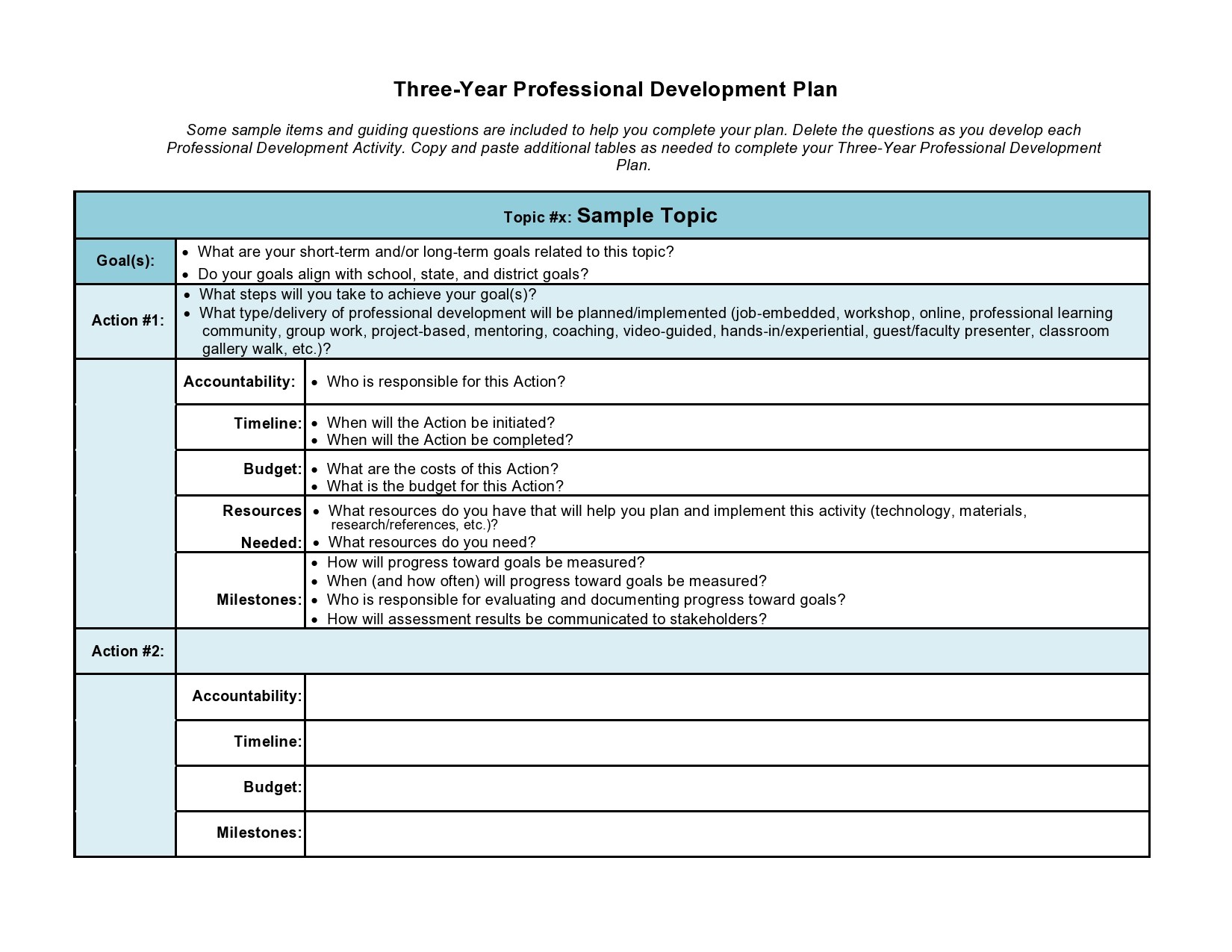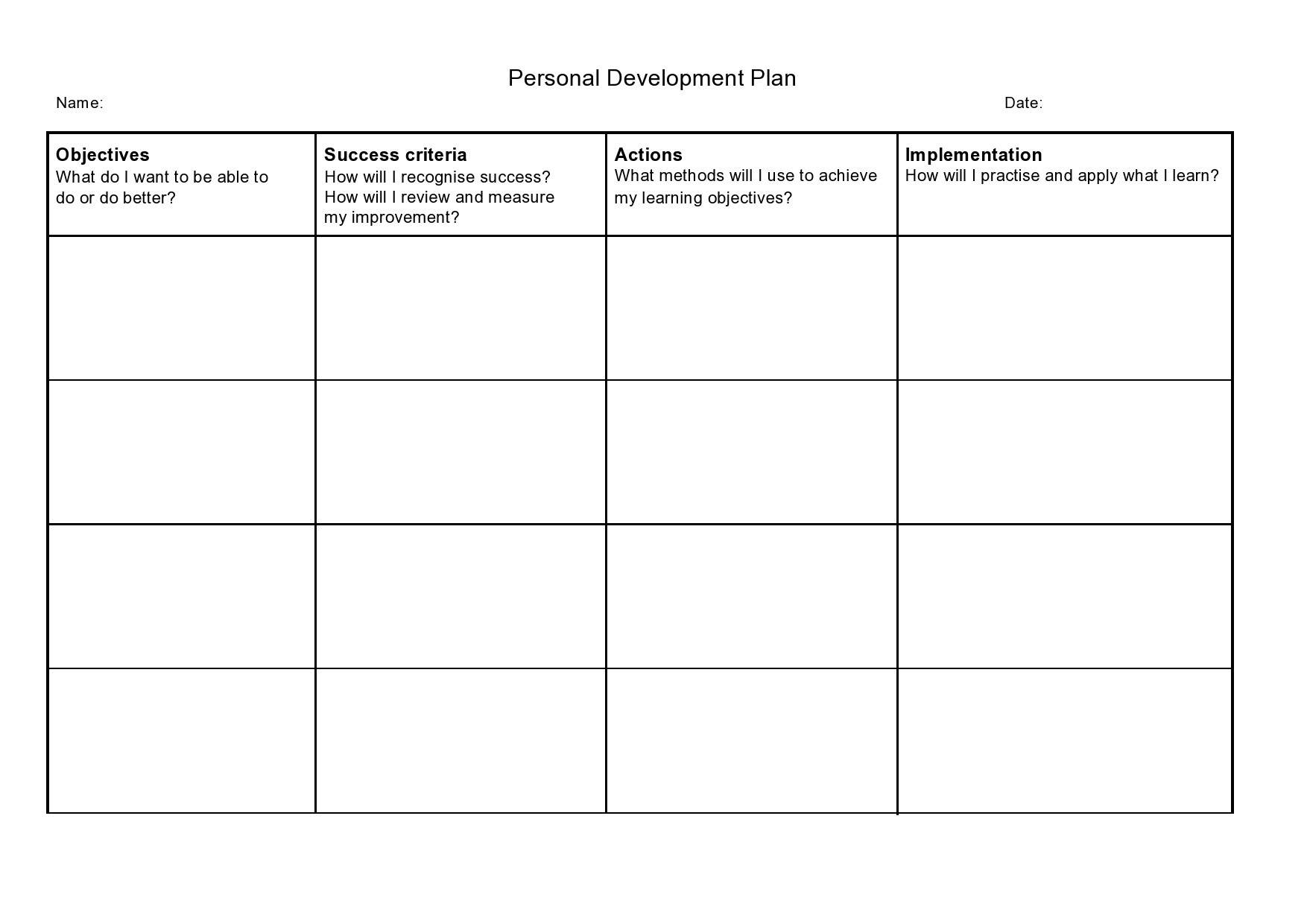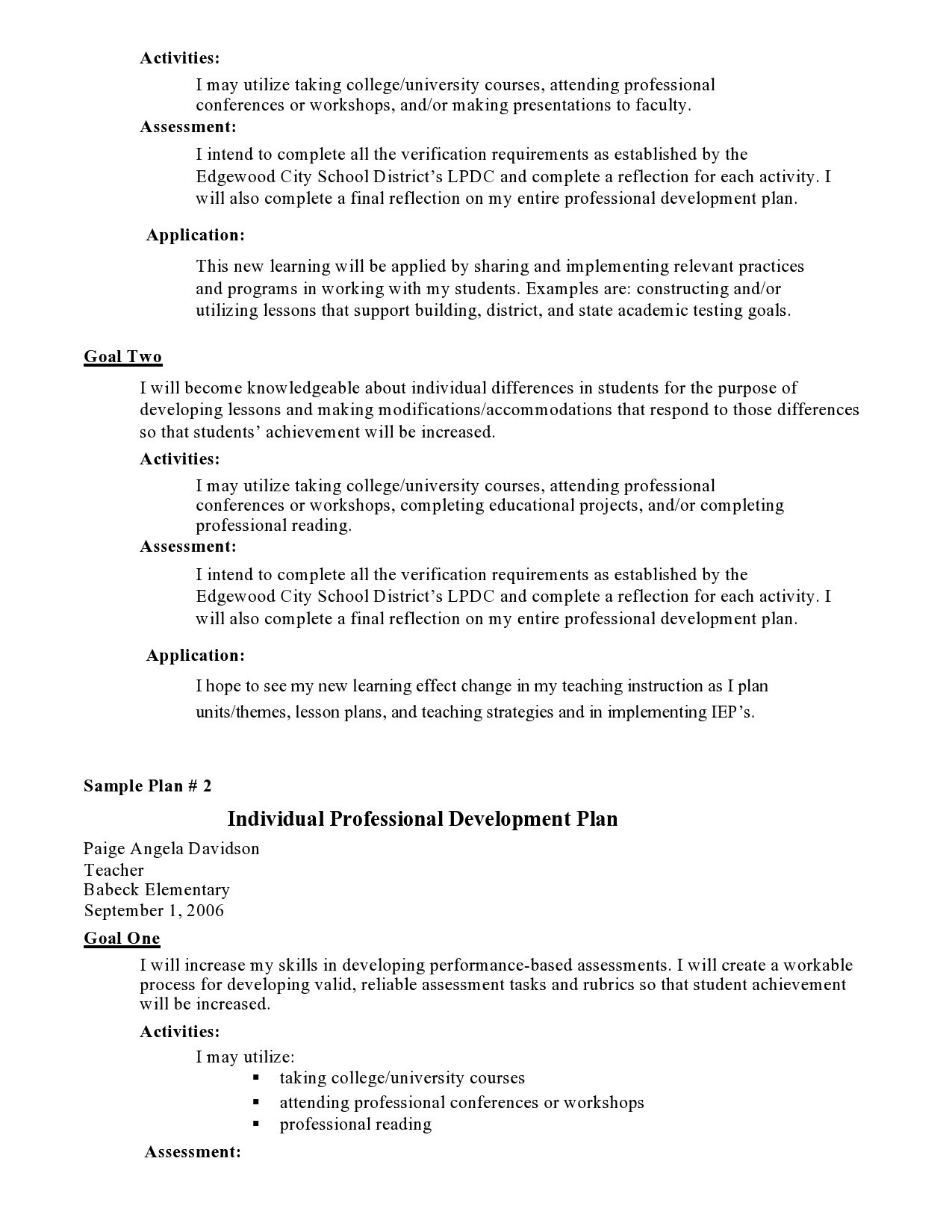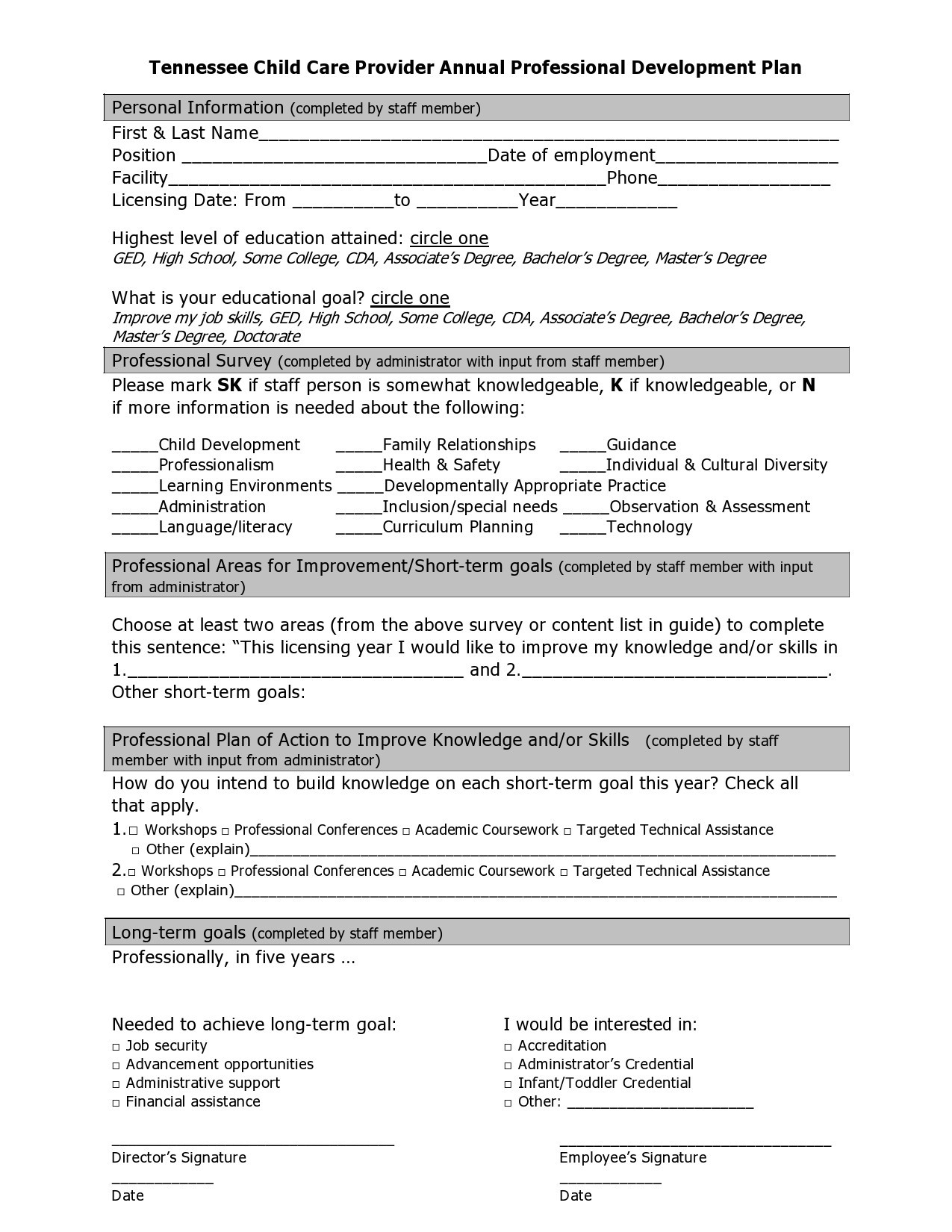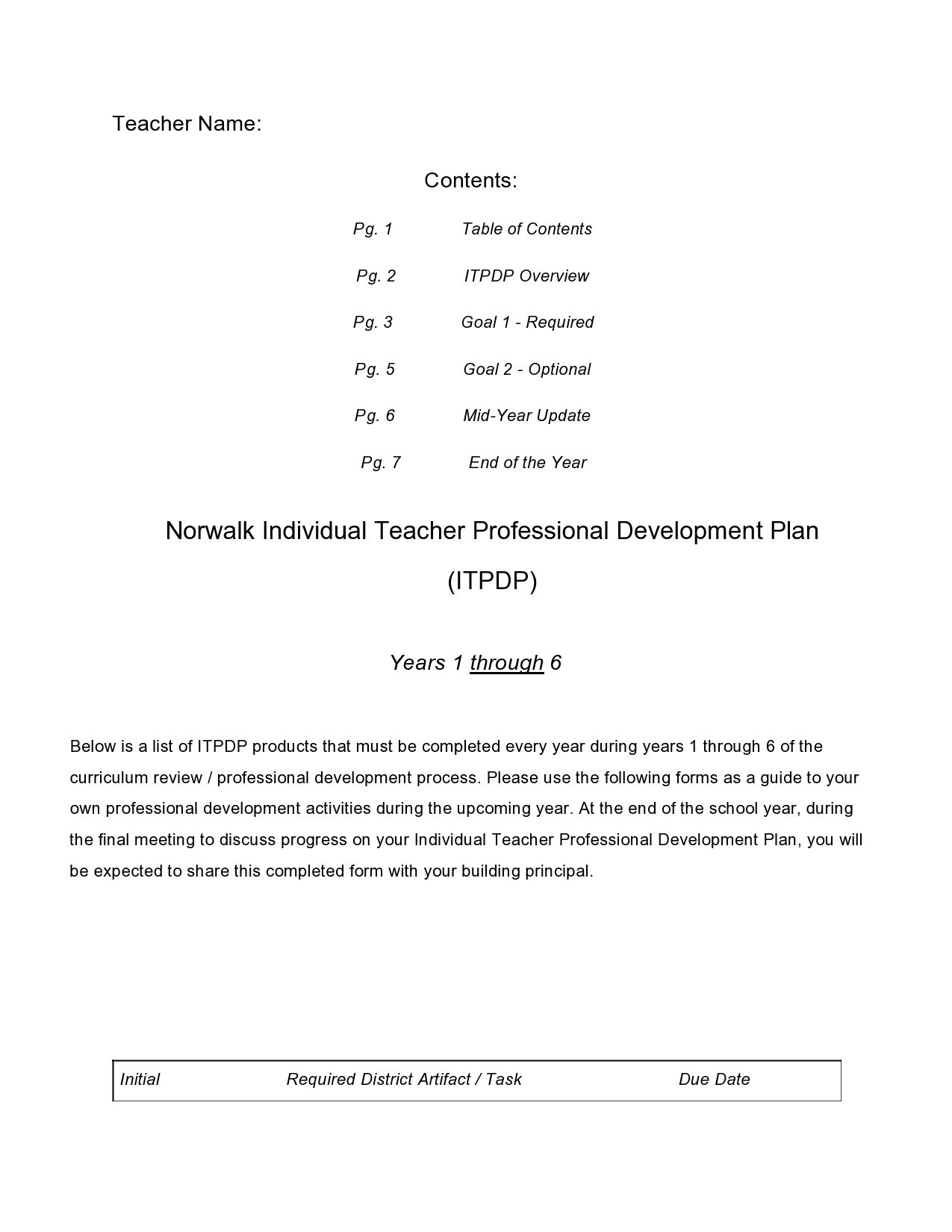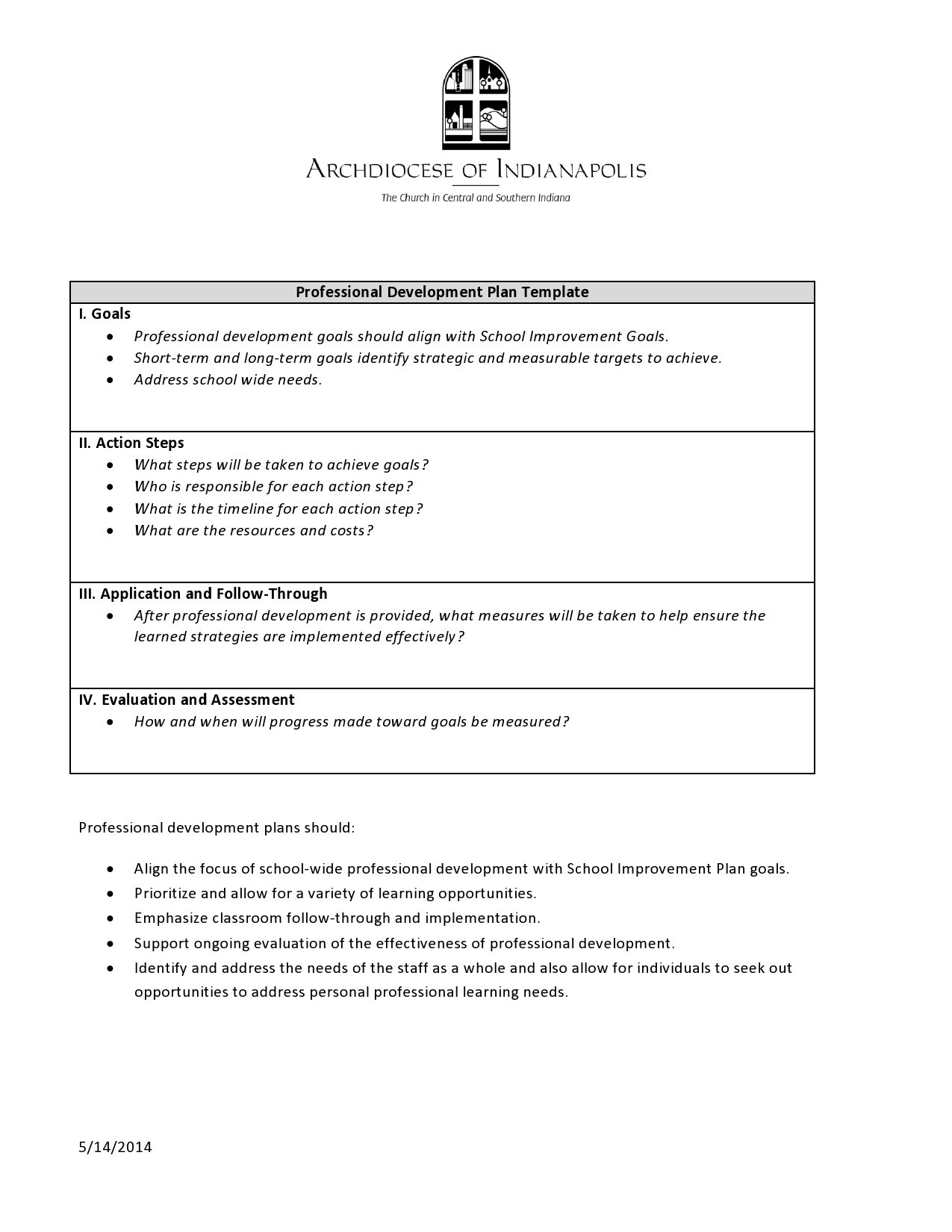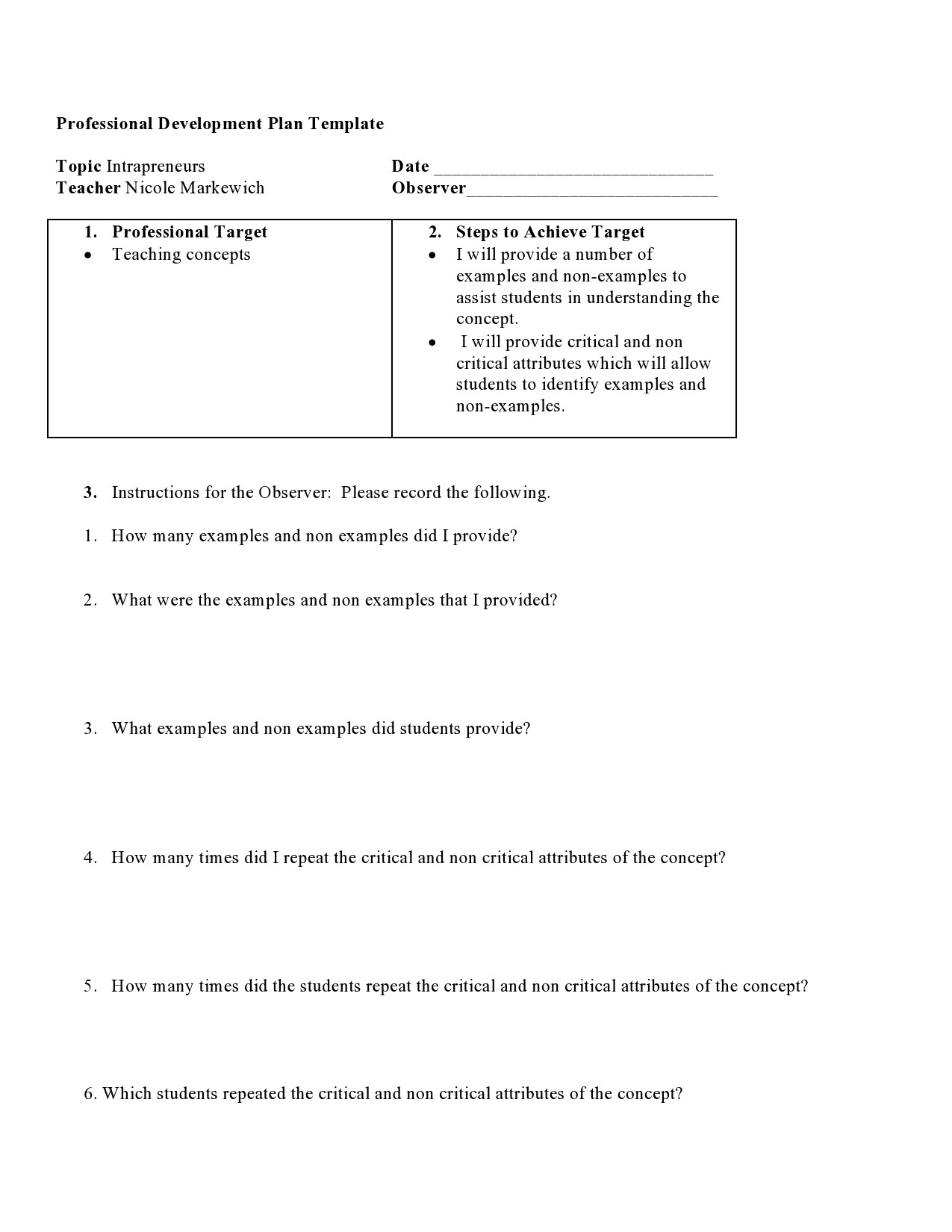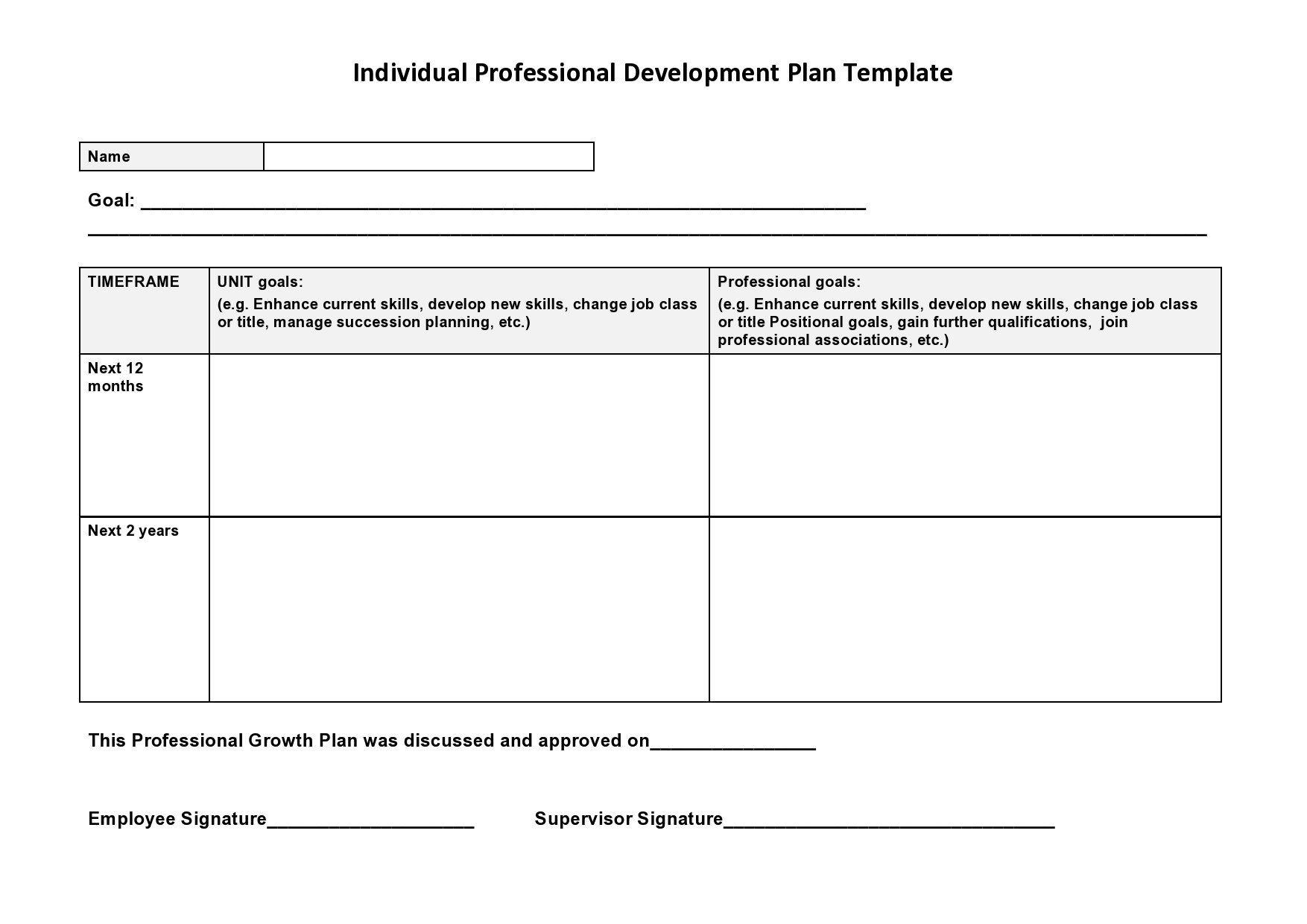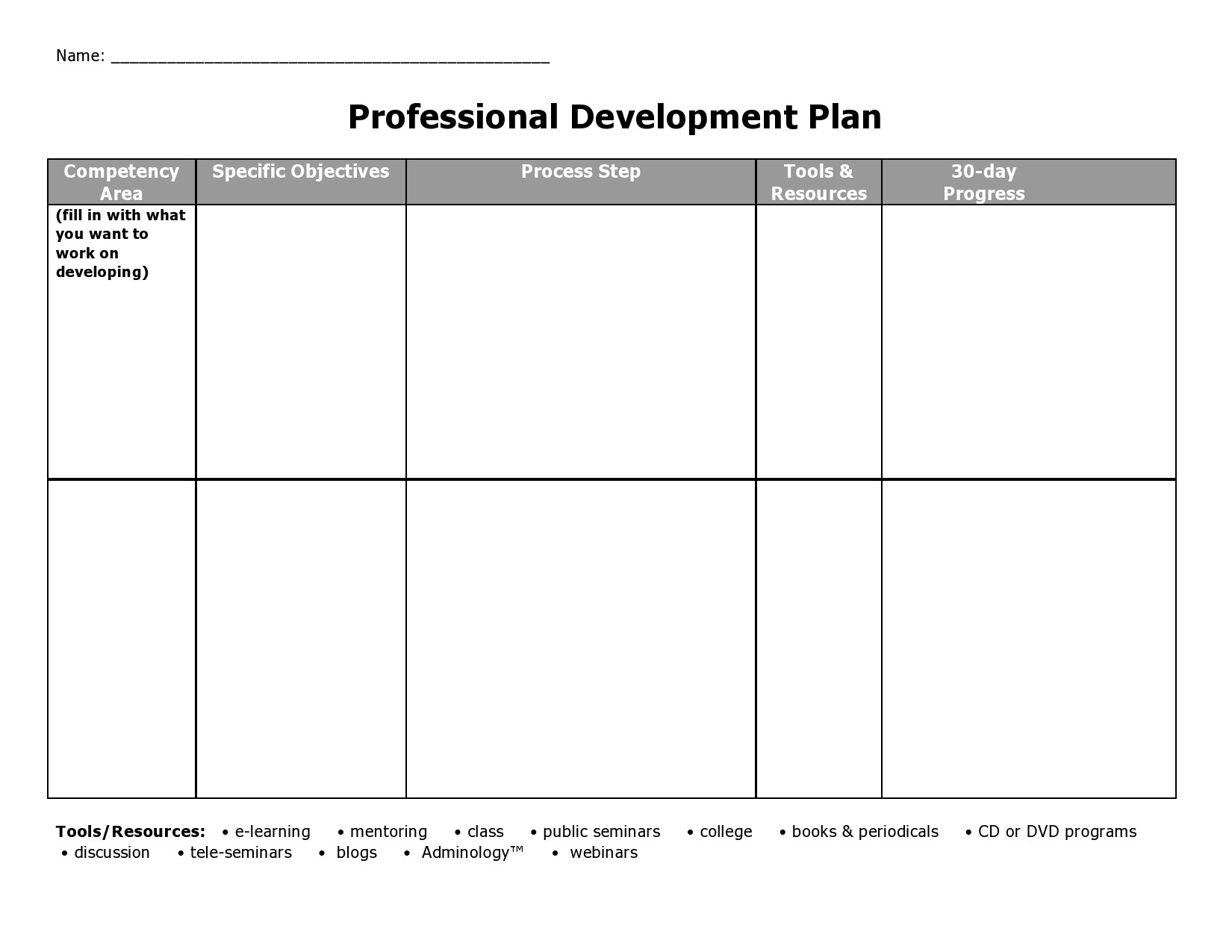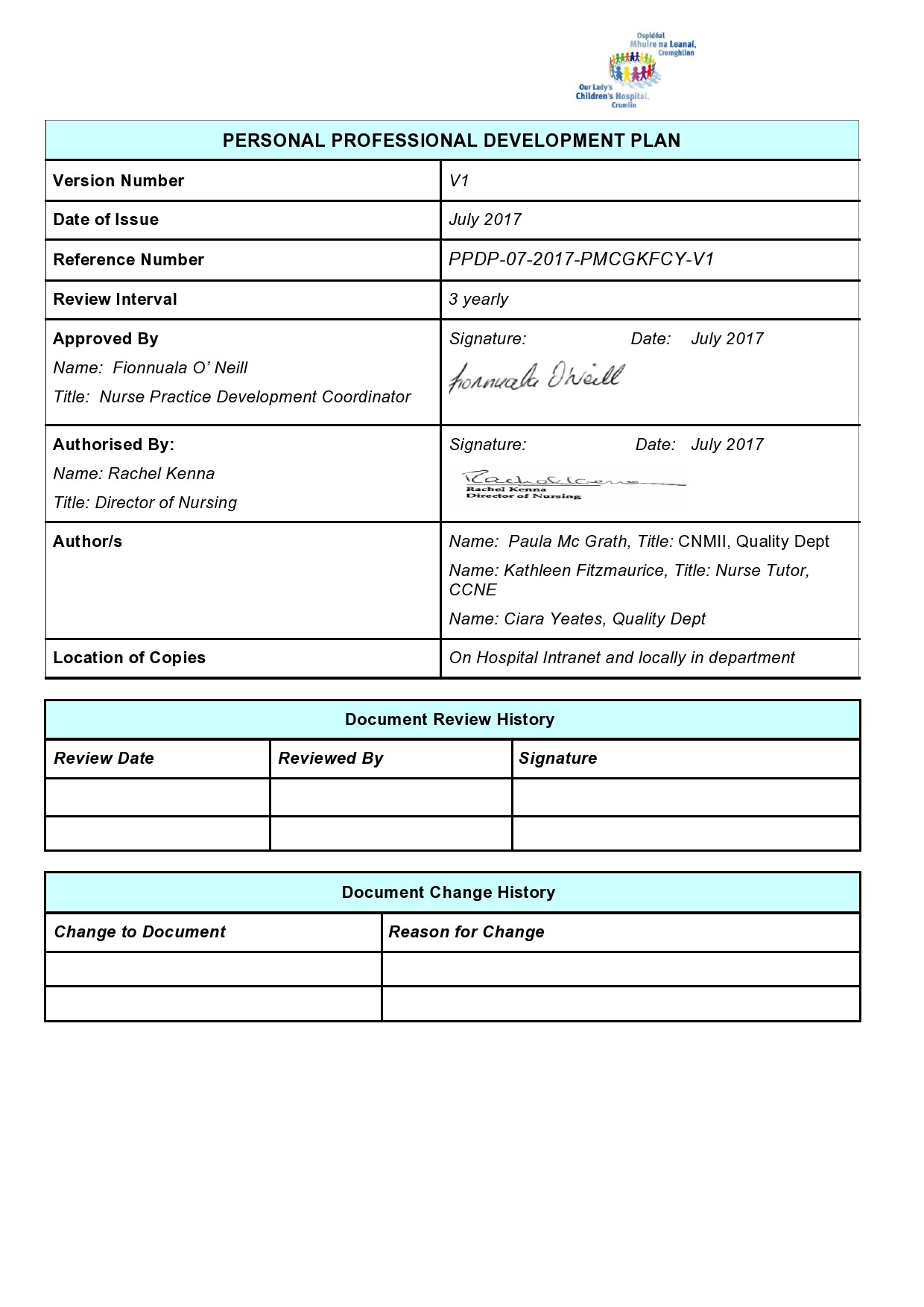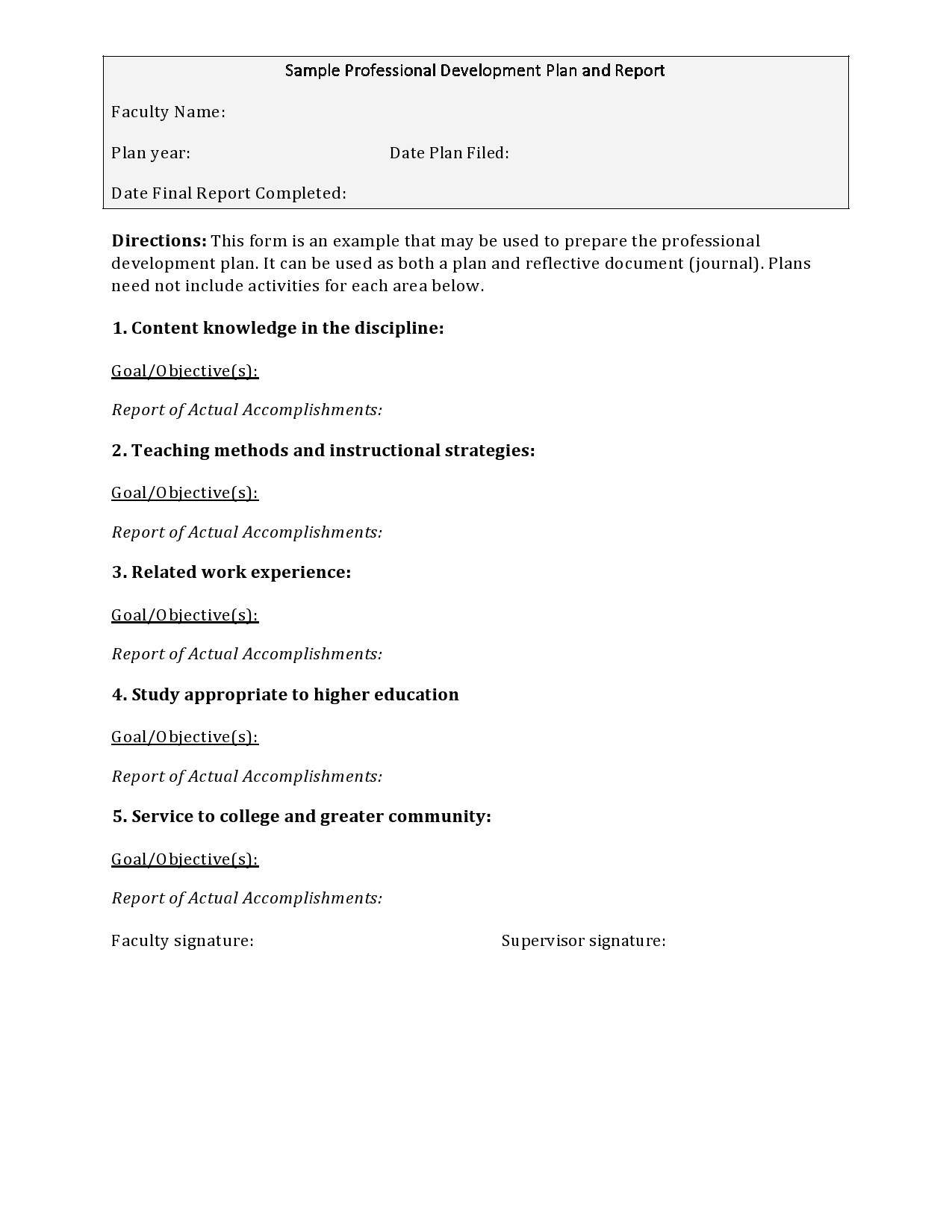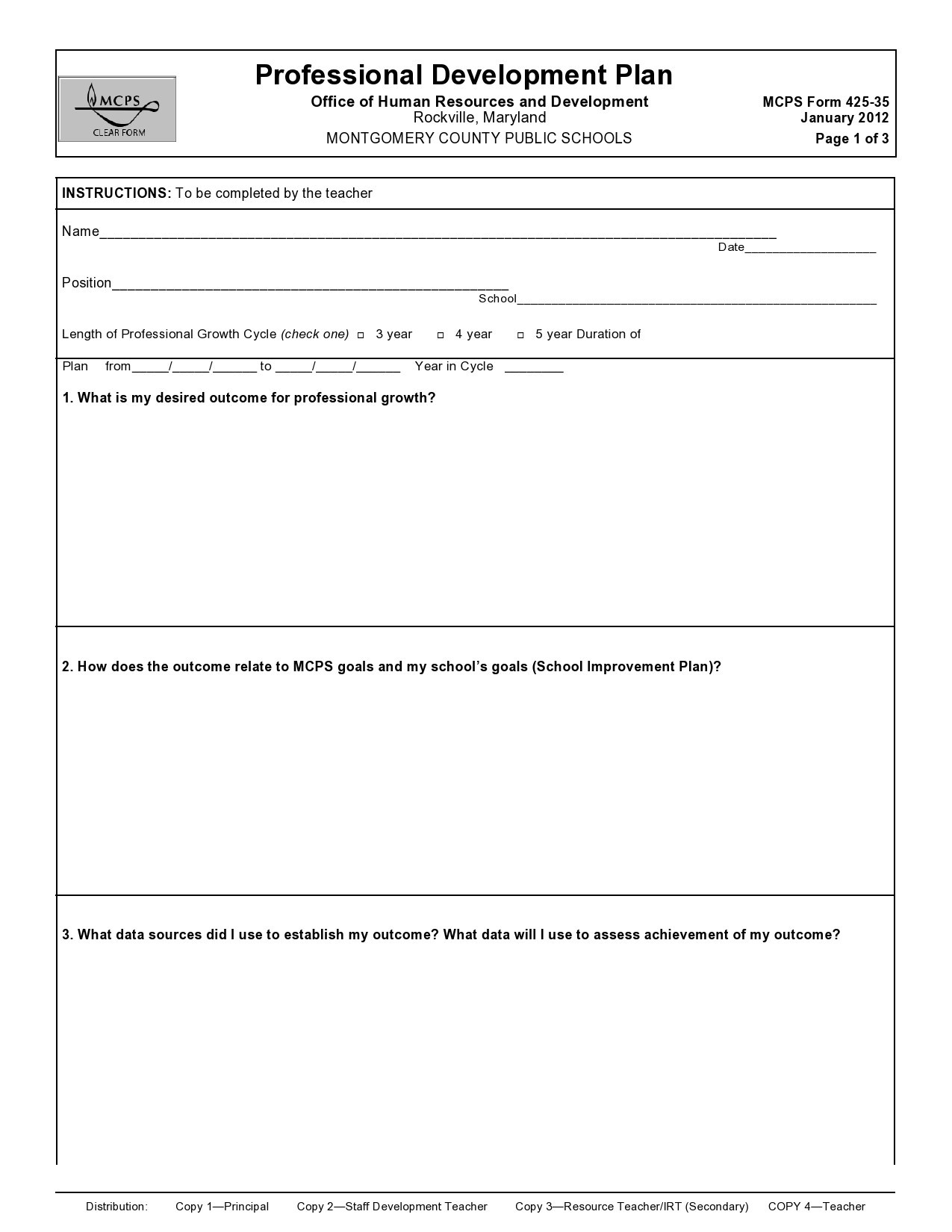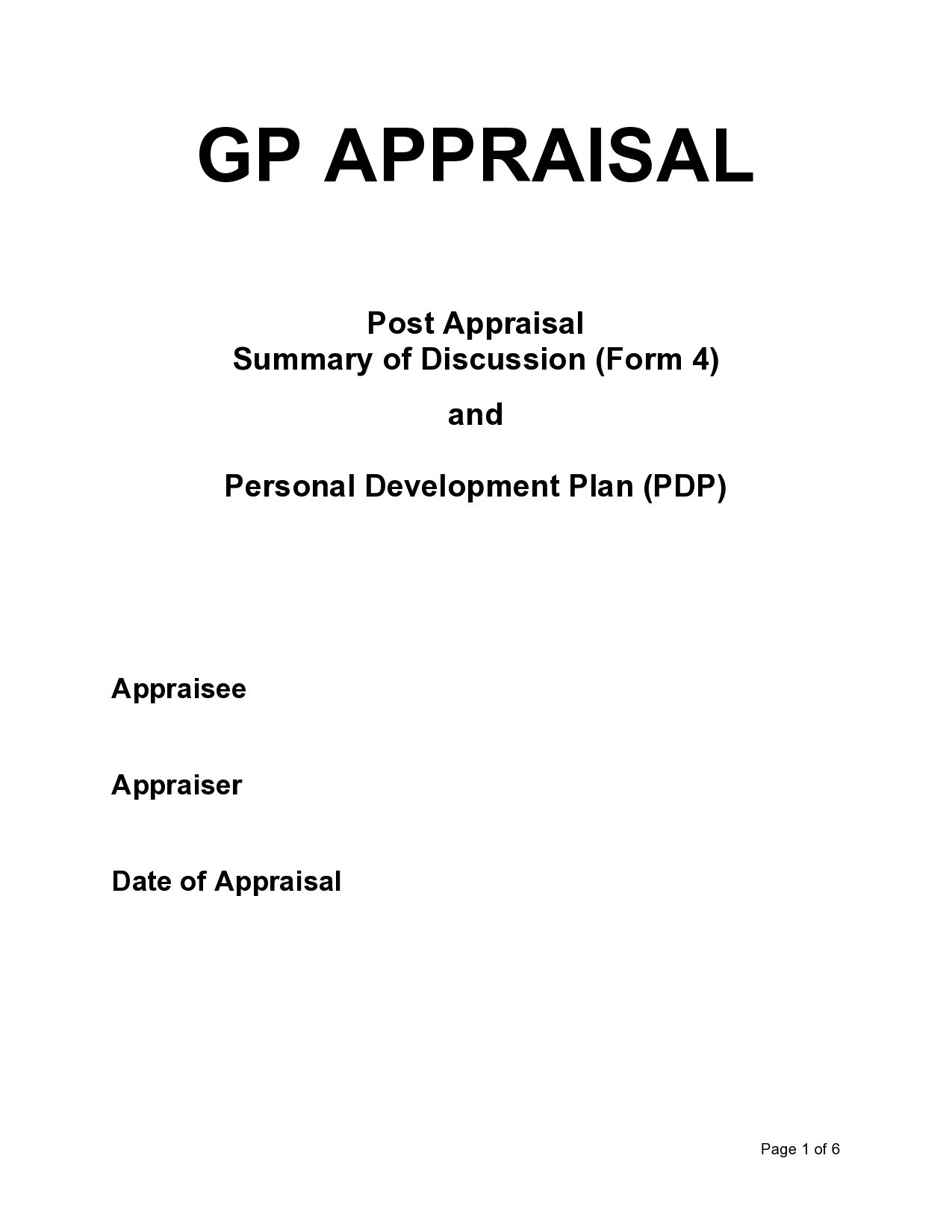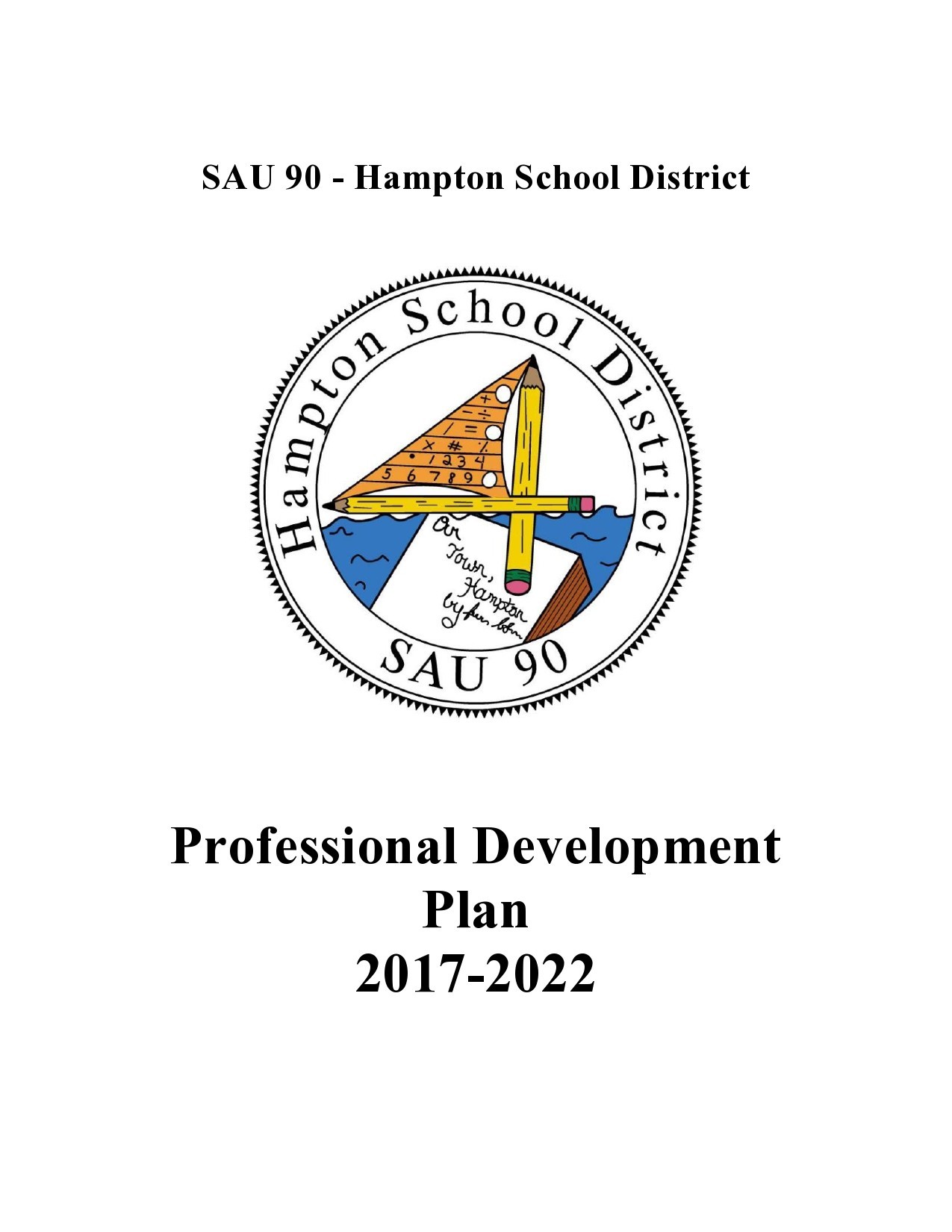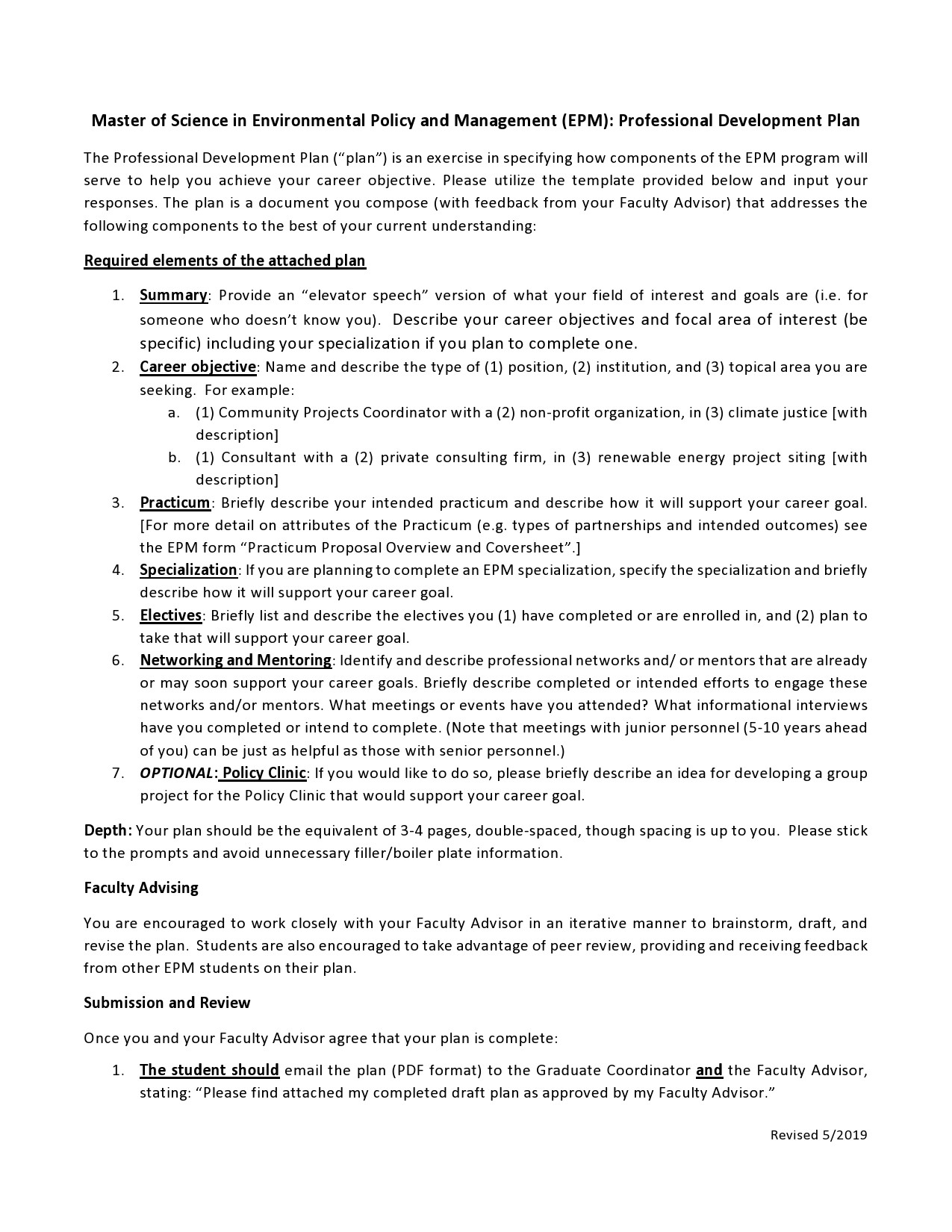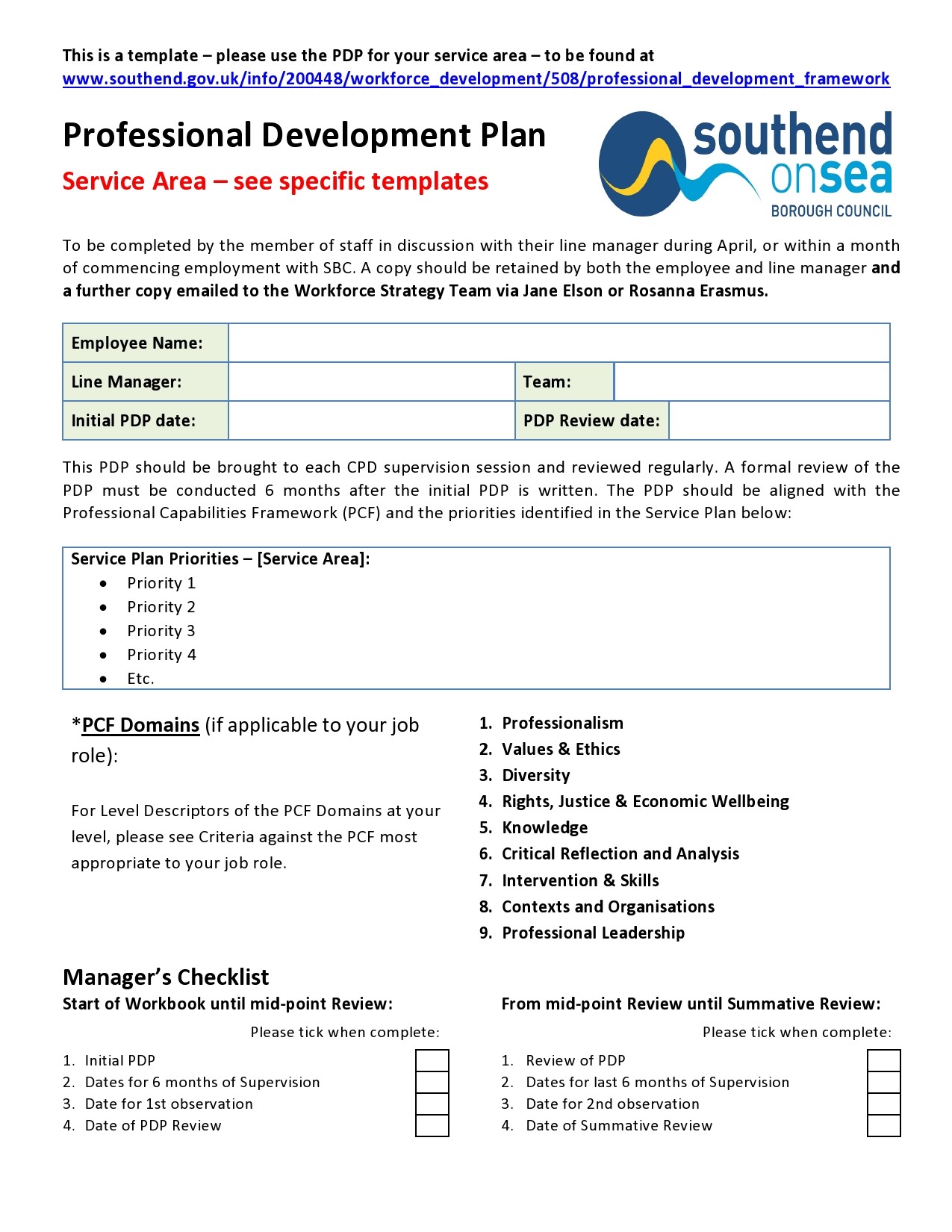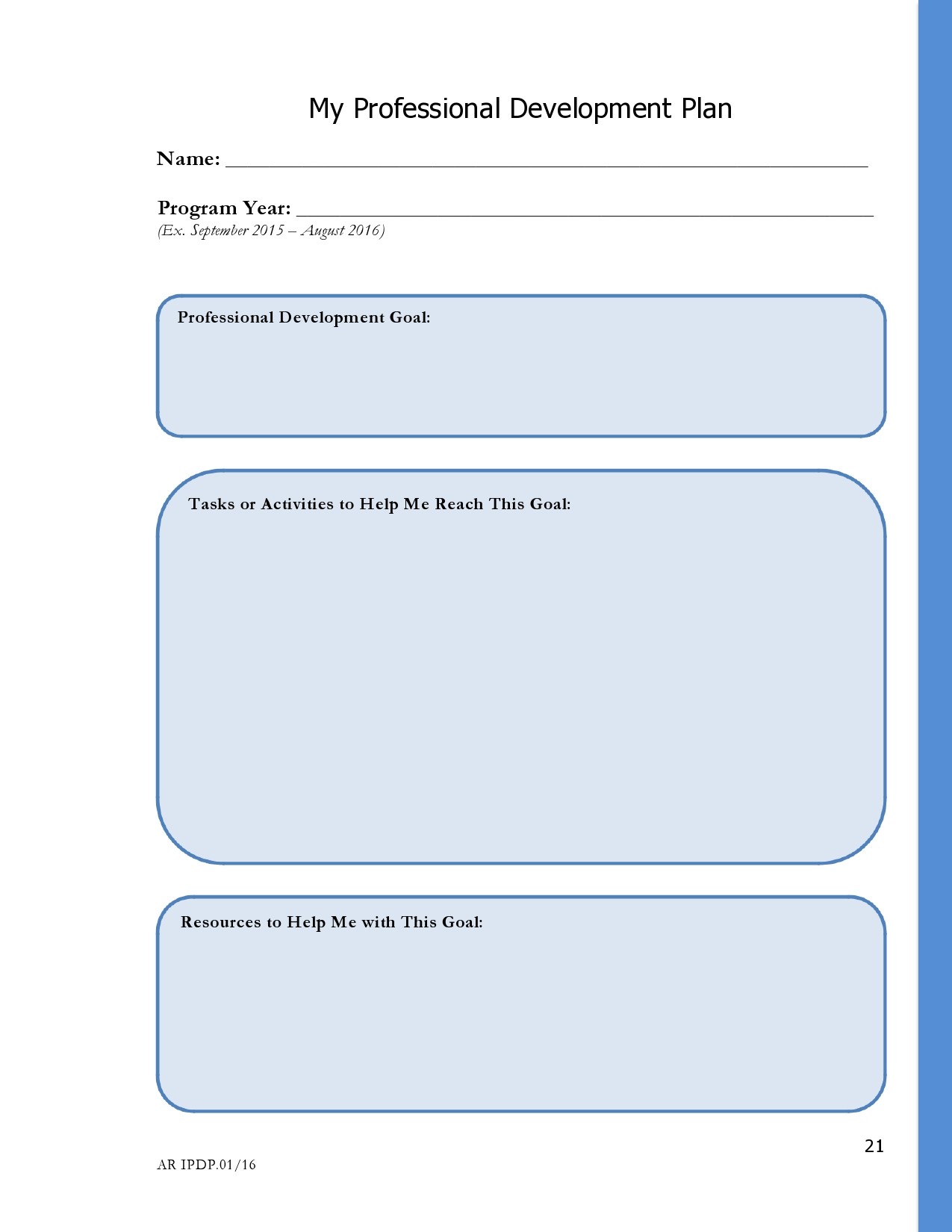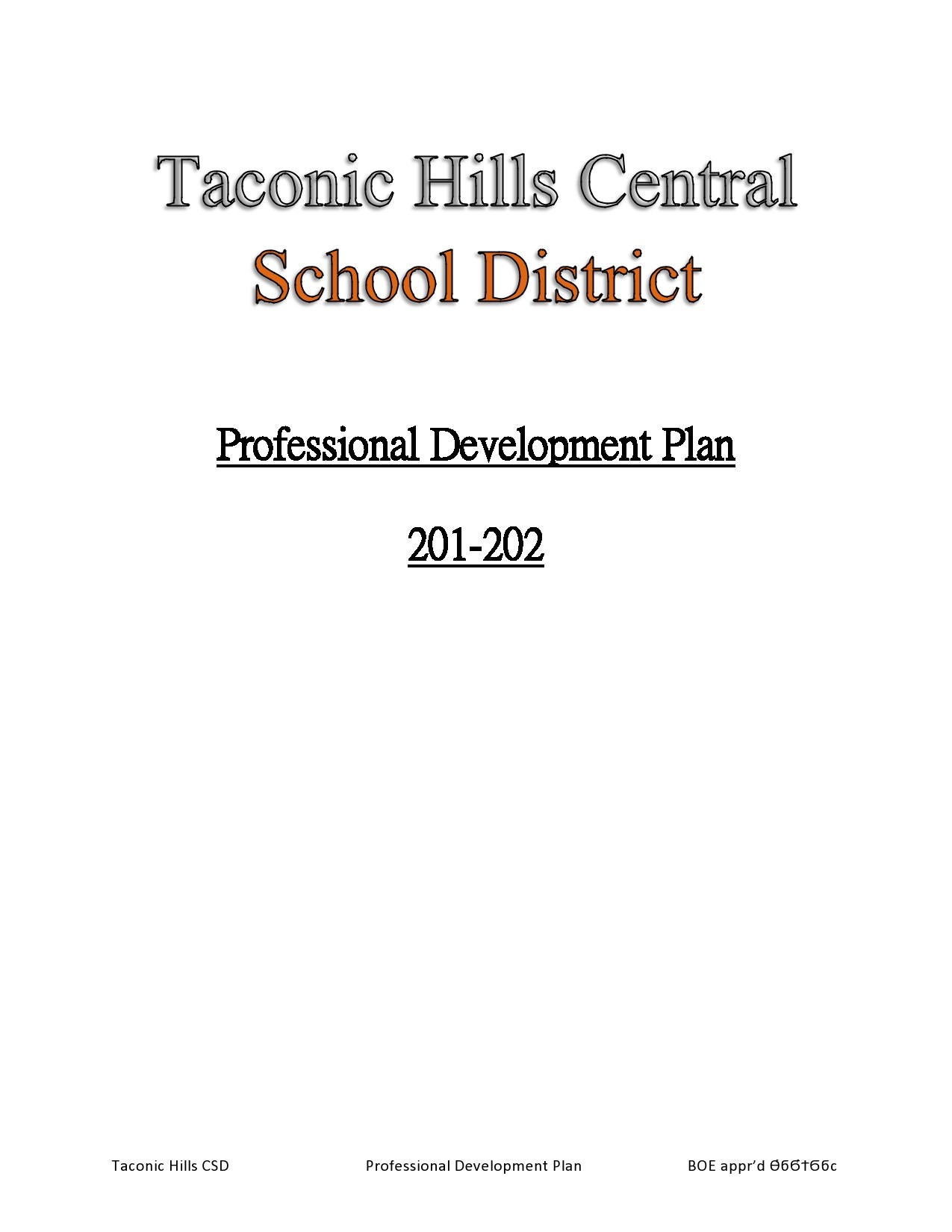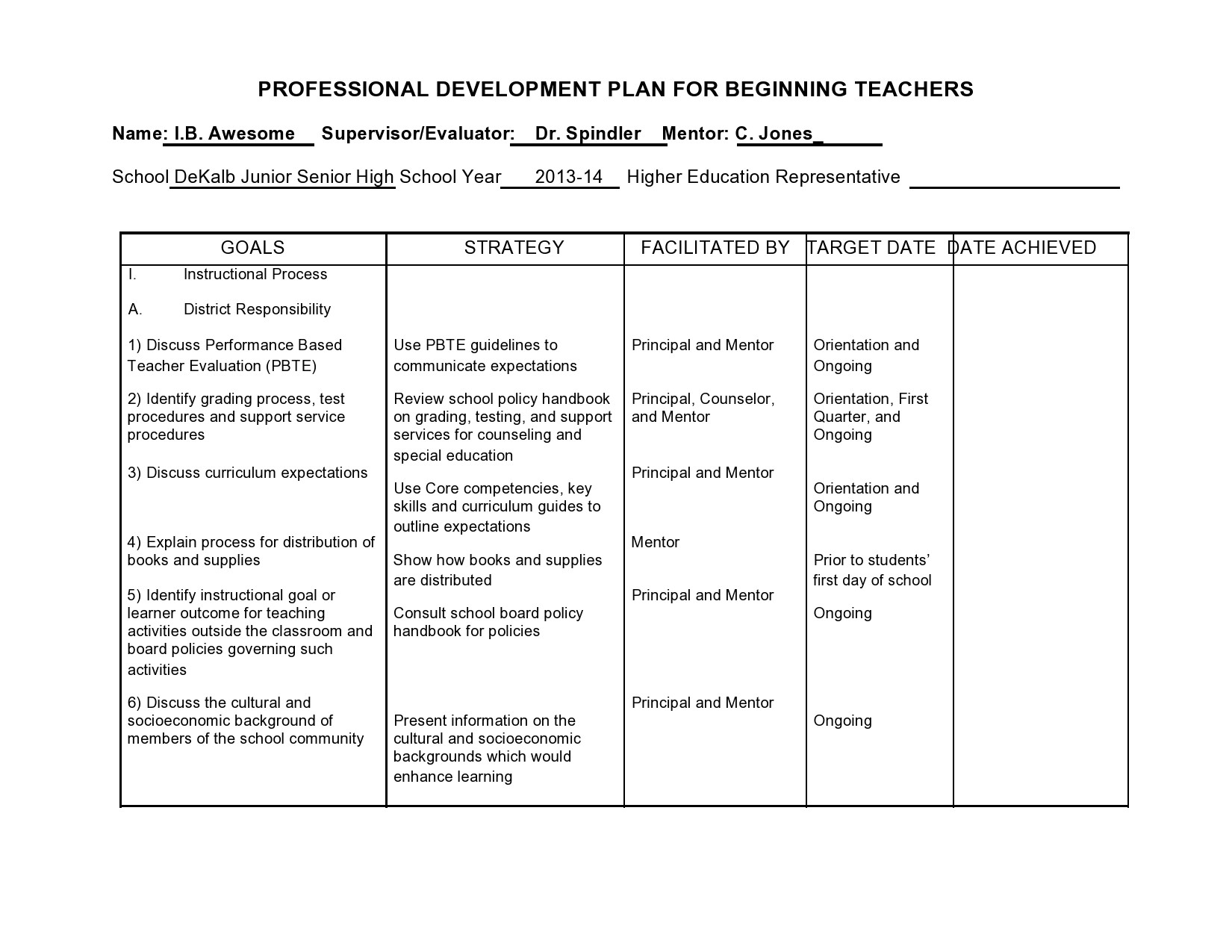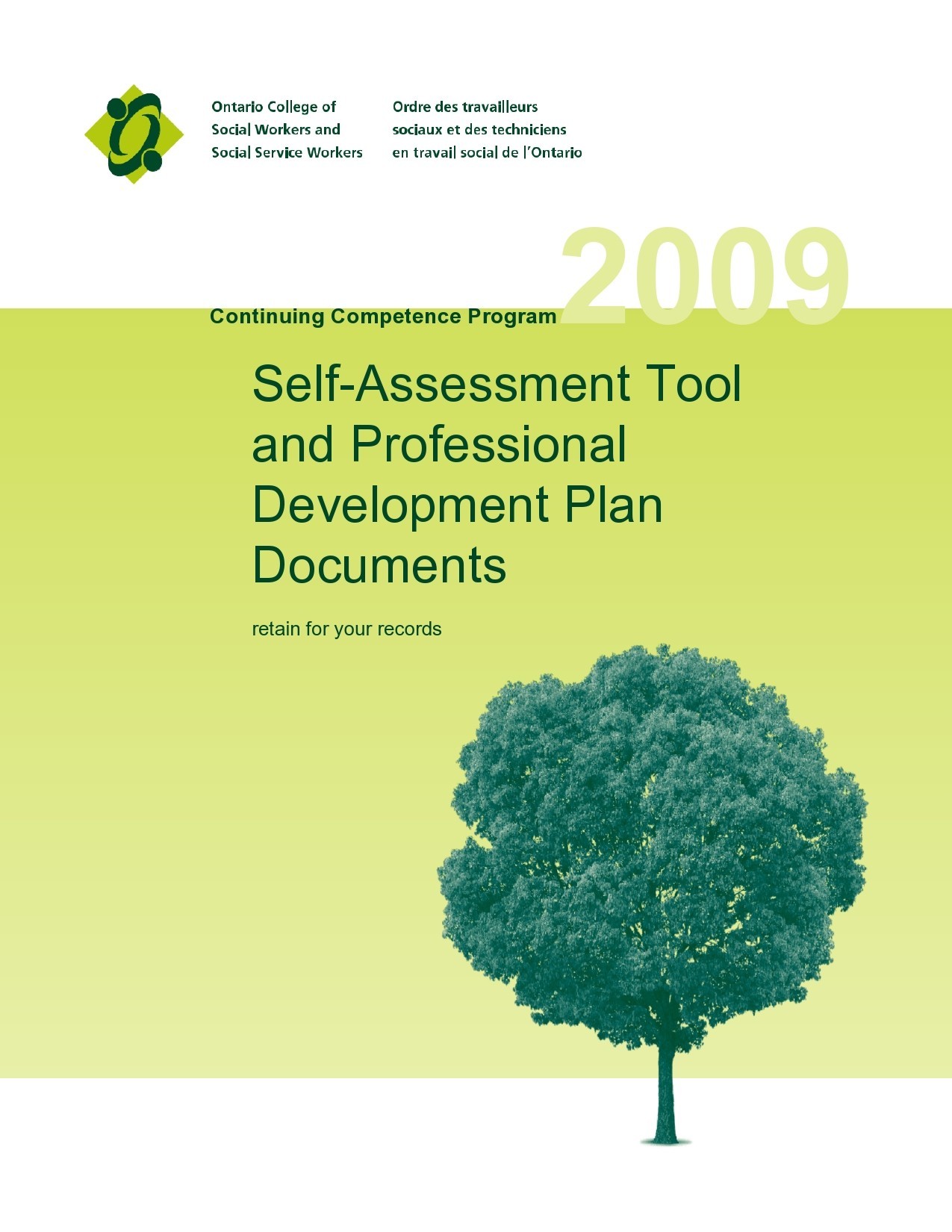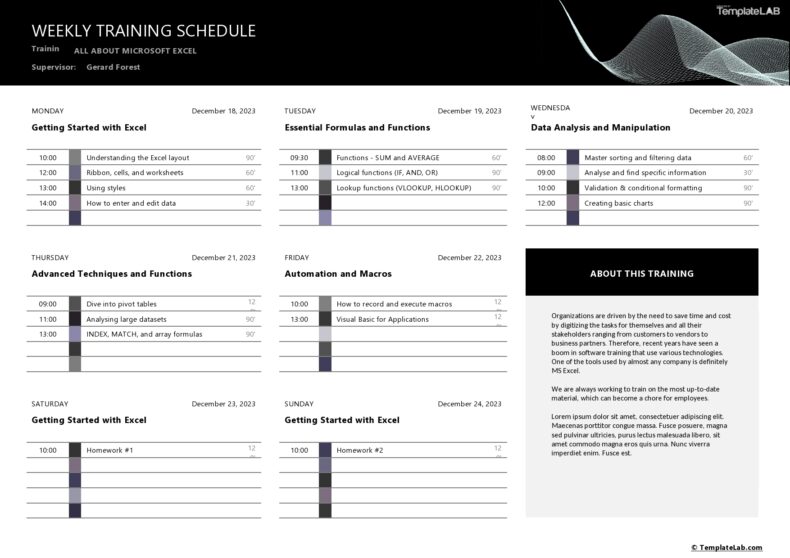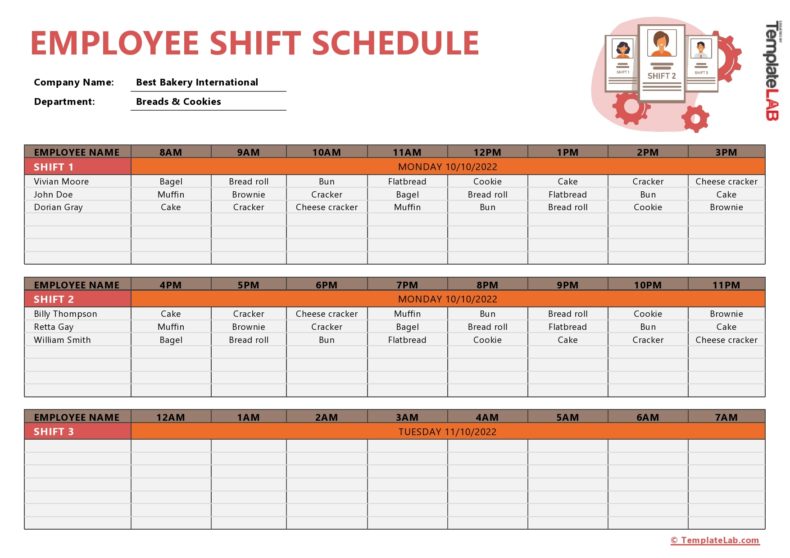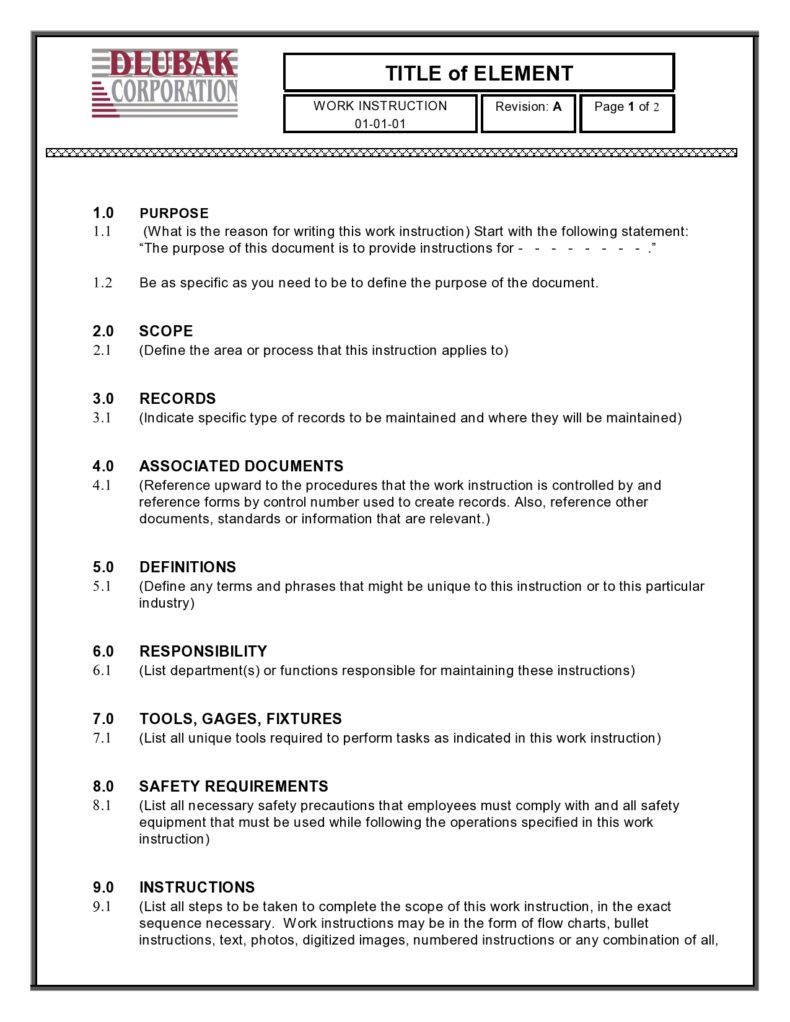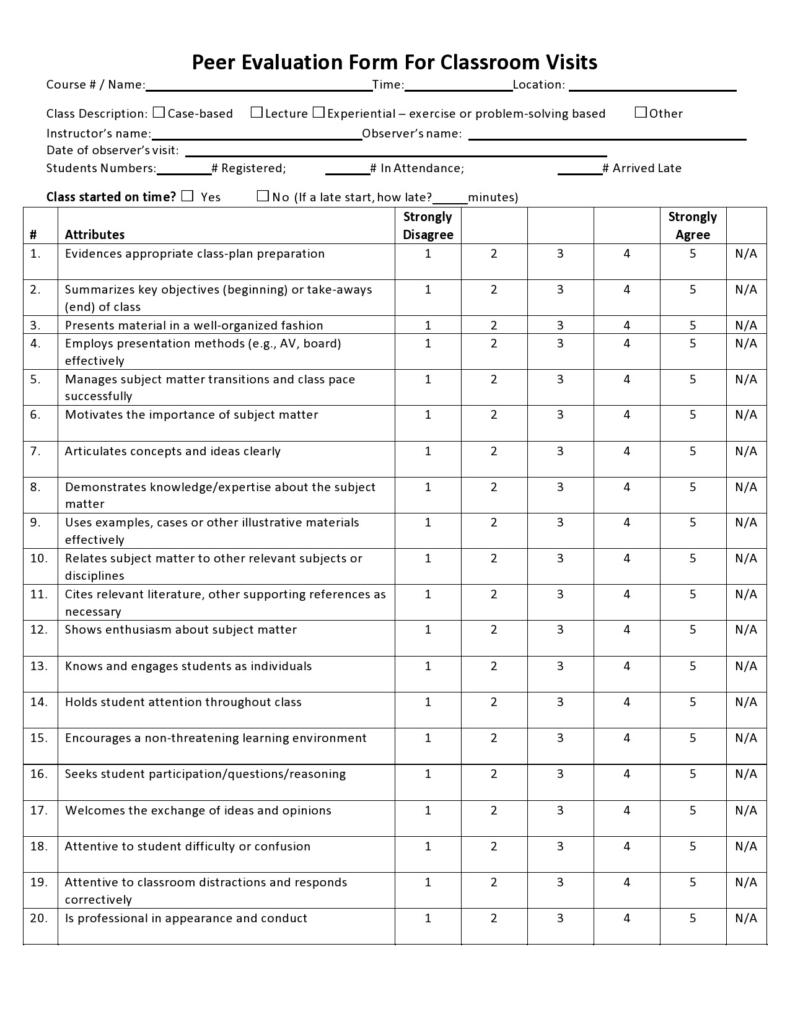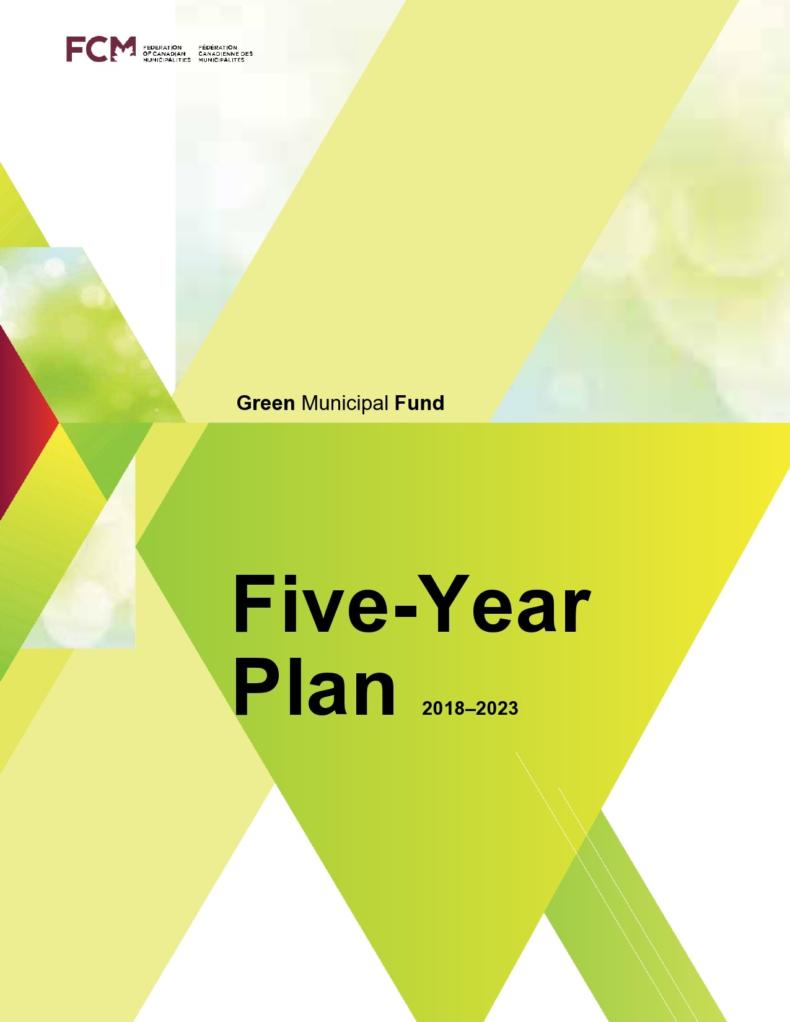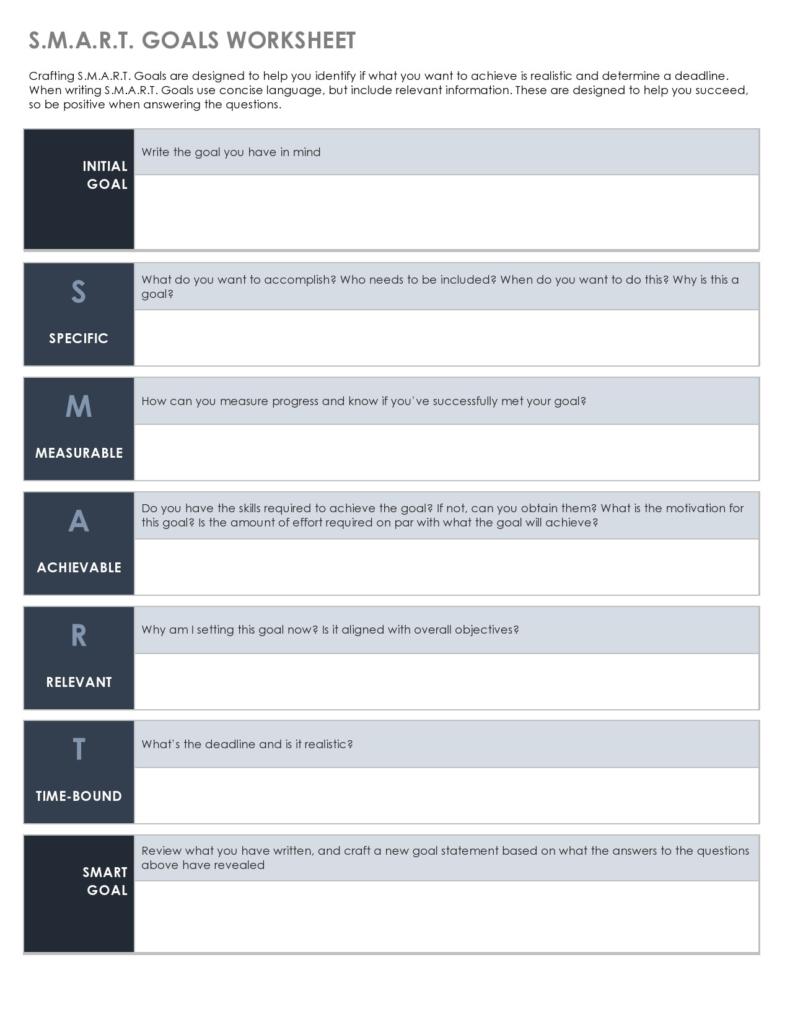As an employee, you would definitely want to further your career if you had the chance to do so. To do this, you need to have a professional development plan. The PDP is a document that establishes your career development goals and strategies on how to achieve them. Although creating a professional development plan template can take a lot of time, effort, and planning, writing and executing it can help you establish and develop your professional skills to accomplish your long-term goals.
Table of Contents
- 1 Professional Development Plan Templates
- 2 What is a professional development plan?
- 3 Professional Development Plan Examples
- 4 Why do you need a professional development plan?
- 5 Professional Development Plan Samples
- 6 How to write a development plan?
- 7 Employee Development Plans Templates
- 8 Career Development Plan Templates
Professional Development Plan Templates
What is a professional development plan?
Whether you’re just starting your professional careers or are in the process of reassessing their future development, you need a professional development plan that defines your goals for career development along with the actions you need to take to achieve them. Professional development plan samples serve as useful roadmaps that outline your strengths, weaknesses, and resources.
Creating a development plan template isn’t that difficult a task but it requires self-awareness. The good news is that there are several easy steps you can follow to make sure that the plan you create causes a high-impact.
In many cases, you can put together your professional development plan template with the help of your manager or someone in the HR department. Keep in mind that you shouldn’t consider the PDP as an administrative task that you would file away and forget. Instead, use the professional development plan to hold yourself accountable for your own career path.
Professional Development Plan Examples
Why do you need a professional development plan?
It’s beneficial to create your own professional development plan samples, even in careers that don’t provide a lot of financial rewards. What you need to start with is to know what you want. Here are the other benefits of creating this document:
- It helps you determine how you can do more of what you want so you can enjoy your job. Also, it helps you figure out how to do less of what you don’t.
- It helps you identify the skills that still need developing for you to advance in your career.
- It helps you identify the steps to gain those skills. You can even develop non-technical systematically through coursework and training if these are what you need for advancement.
Professional Development Plan Samples
How to write a development plan?
One key factor that could set you up for success is to write a professional development plan. This could be as long and detailed as you want it to be or as concise and short. Whichever, the main purpose of a PDP is for you to gain clarity in your career, identify your goals, and come up with a strategy to help you achieve your goals.
Employee Development Plans Templates
Remember that your personal PDP differs from other professional development plan samples and from one your employer provides during your yearly performance review. For one, the ultimate goal of your employer’s PDPs is for the company to gain more success whereas your PDP goals focus on you and can also include a plan where you completely switch careers. Here are the steps to create your own professional development plan:
- Self- Analysis
Knowing about your own life is totally different from actually planning it. To make your professional development plan template, you must have both the drive and desire to achieve greatness. Before working on your PDP, you first need to know who you truly are and what you really want.
Therefore, the first step in creating a PDP is self-analysis. Make an examination of your skills, strengths, weaknesses, habits, desires, and more. Get a sheet of paper and begin writing down everything that comes to mind. Be very honest with yourself, otherwise, you won’t get anywhere. Make a bullet list of all your strengths and create power statements.
Next, make a list of all your weaknesses using the same format. Then ask yourself where you are now and where you want to be in the future. Only when you know what you need can you start working on your life. - Set high-quality goals
You will always need a goal and a vision when you make a plan. After you have set a number of high-quality goals, you can start working backward. This method has been constantly proven by those who have set their own goals. Such people tend to be more successful.
Aim for high-quality and less-quantity when thinking of your goals. You don’t want to get overwhelmed either by setting too many goals or goals which are too difficult. Just pick a couple of big, achievable ones to work toward. Going back to Step 1, knowing your weaknesses and strengths allows you to see your own gaps.
These gaps are the identifiers that tell you where you should go. Take some time when writing down your goals. Then don’t rush into them. Try tying them up with your weaknesses and strengths. Writing down your goals will solidify your thoughts, bring those thoughts out, and start learning how to hold yourself accountable to your goals. - Come up with a realistic timeline
Another important aspect of your development plan template is to decide when you want to achieve your goals. Create a timeline that you strictly follow. Giving yourself a deadline means that you’re more likely to reach your goals.
When making targets for your plan, make sure to allot more time for yourself as things seldom go as planned. Your targets should be on a yearly basis and schedule these targets around the opportunities you want to achieve. Planning and scheduling your PDP makes you the best candidate when the promotion you have always wanted comes around. - Think of your strategy
By now, you should have already identified the aspects you want to work on. It is now time to think about how you can achieve these. To ensure effectiveness, your professional development plan should have features like job-embedded, strategic, and ongoing.
You can become more effective in your plans by signing up for seminars and skills workshops offered by your company. Get yourself involved in different training sessions, especially in terms of business courses or keep yourself updated with new technologies related to your field.
There are a lot of strategic ways of developing the skills you require to help accomplish your goals. Don’t rush them all at once. Instead, take them small chunks and relate all experiences learned to the skills specified in your PDP. Always keep in mind that this is a continuing process and not a one-time task. - Maintain your focus
When you finally have your timeline and action plan in hand, you need to start working on your goals right away. Start by focusing on the first goal of your plan then take the necessary steps every day to achieve it. While going through this, you must also keep in mind the responsibilities you have in the current position that you hold. Dismal performance in your position now won’t help your aspirations for future positions.
This step is perhaps the most difficult one, especially today where everyone and everything around us tries to catch our focus and attention. Focus is truly a valuable asset, something you must constantly work on for maximum productivity.
You can easily achieve success if you can minimize distractions and always stay focused. Remember that focus is a valuable asset. From the last step, after setting your goals, you really need to concentrate on working on it in an effective, focused, and productive manner.
But this doesn’t mean that you have to work for hours straight on just one task. It does mean, however, that you have to focus on one task at a time rather than multitasking or trying to perform ten different tasks within a single timeframe.
What you can do is use a timer. Set it in such a way that it gives you a short period of time to work with an extreme focus on a task – about 20 minutes will do – and then you can take a short 5-minute break. This gives your mind a moment’s rest. Then go right back to the task. This process of working with intense focus for short bursts of time followed by a short break is very healthy for your brain and can actually lead to better productivity. - Start taking action
Through the ages, countless self-development philosophers, gurus, and hyper-capable human beings have said that there will be no results when there is no action. Therefore, once you have determined your strengths and your goals, create for yourself an inspiring morning routine, and you are now ready for the task – this is the action you’ll take to accomplish your goal.
Every day, you should create the life you want and you should tie your actions to your goals. Unfortunately, many just jot down their goals and stop there with no commitment whatsoever to start them. Here are some ways to kick-start your goals:
First, set for yourself a monthly reminder to write 3 to 5 goals at the start of each month.
Follow up on the goals that you have already accomplished during the previous month.
On the last day of each month, open your professional development plan and think about your goals. Then evaluate the actions you have taken to achieve them. This should work if you keep track of your actions as action is the main thing that propels things forward.

